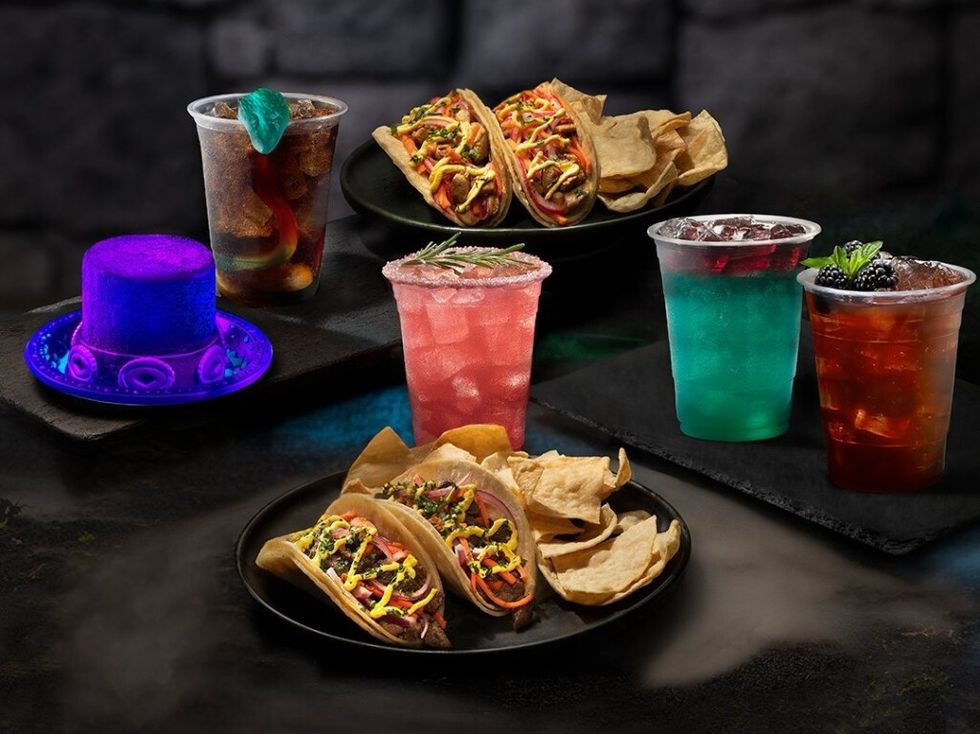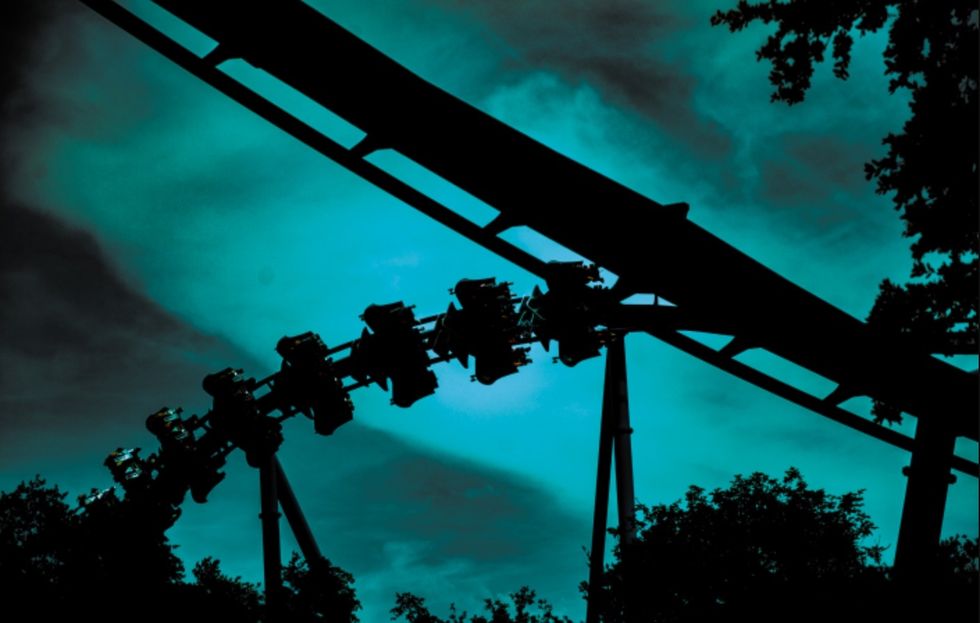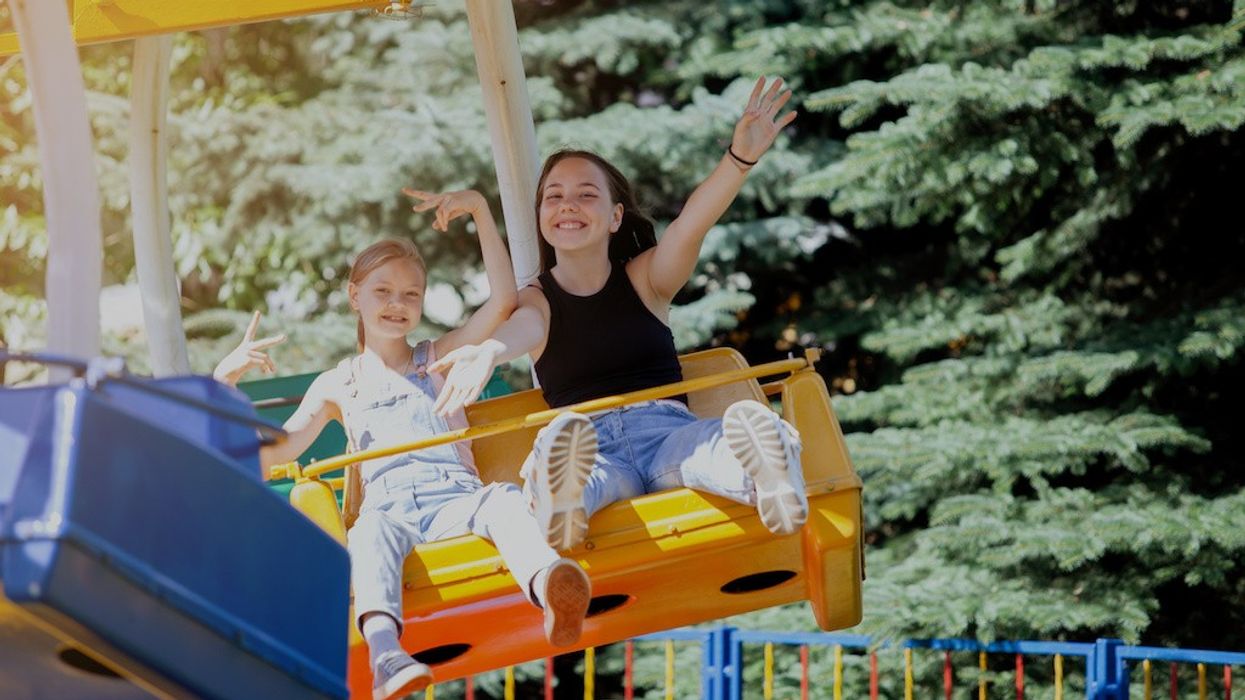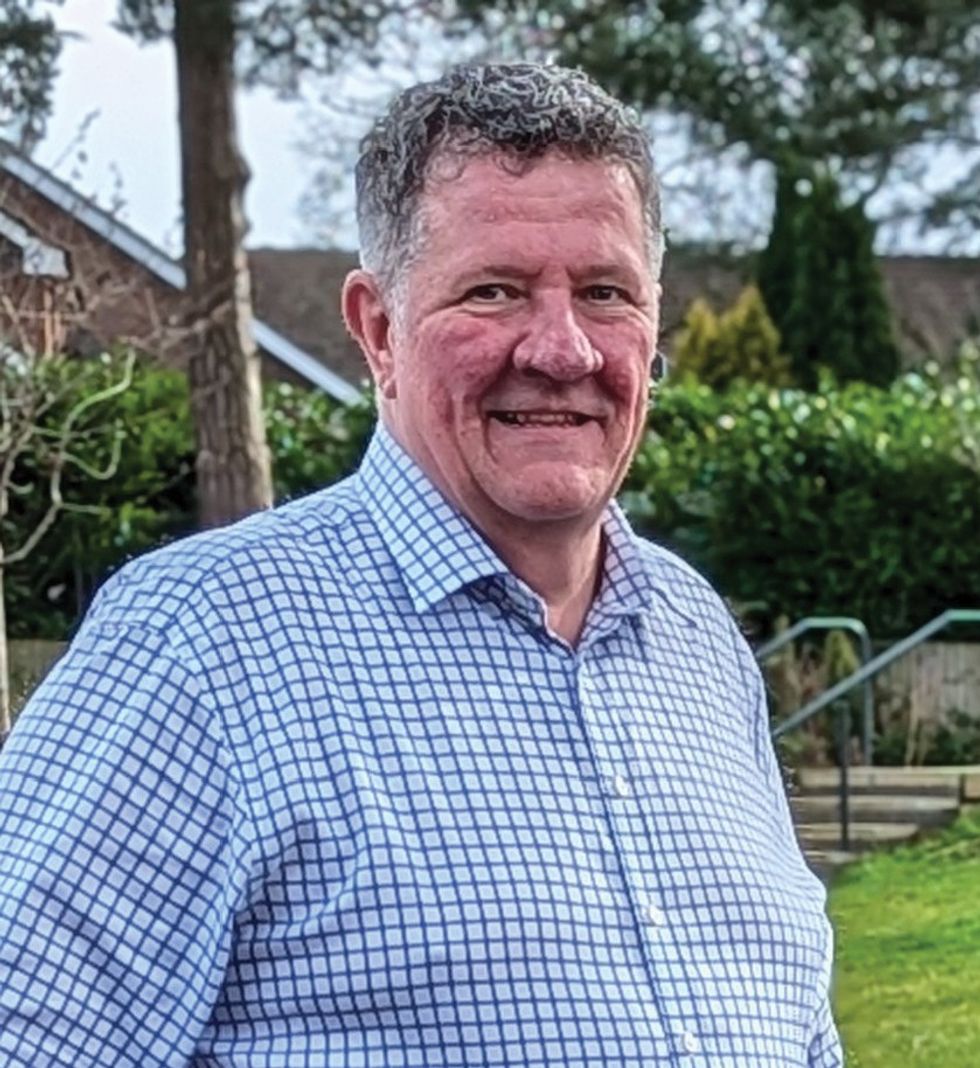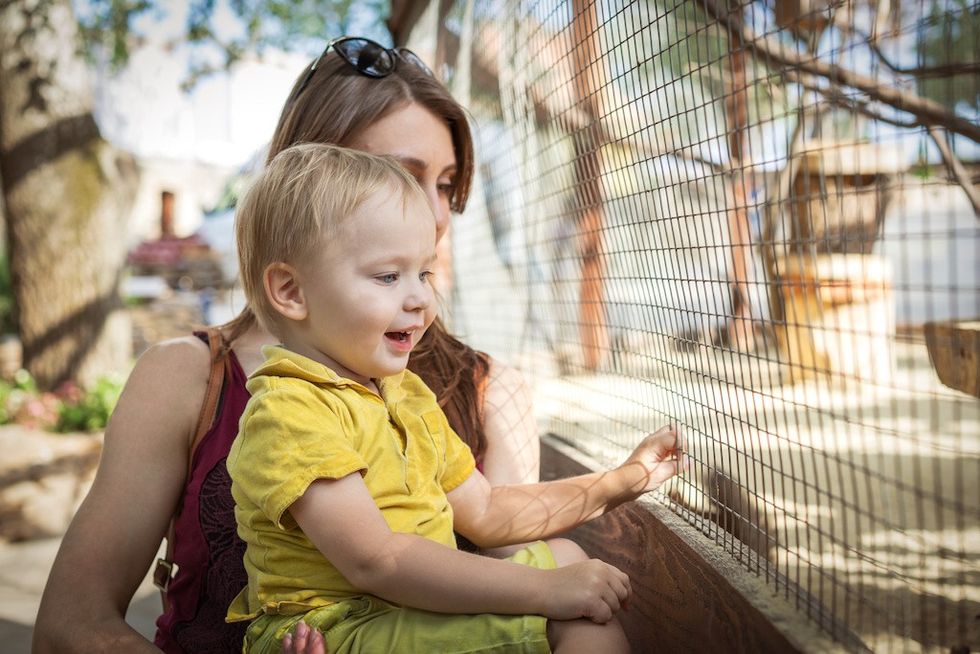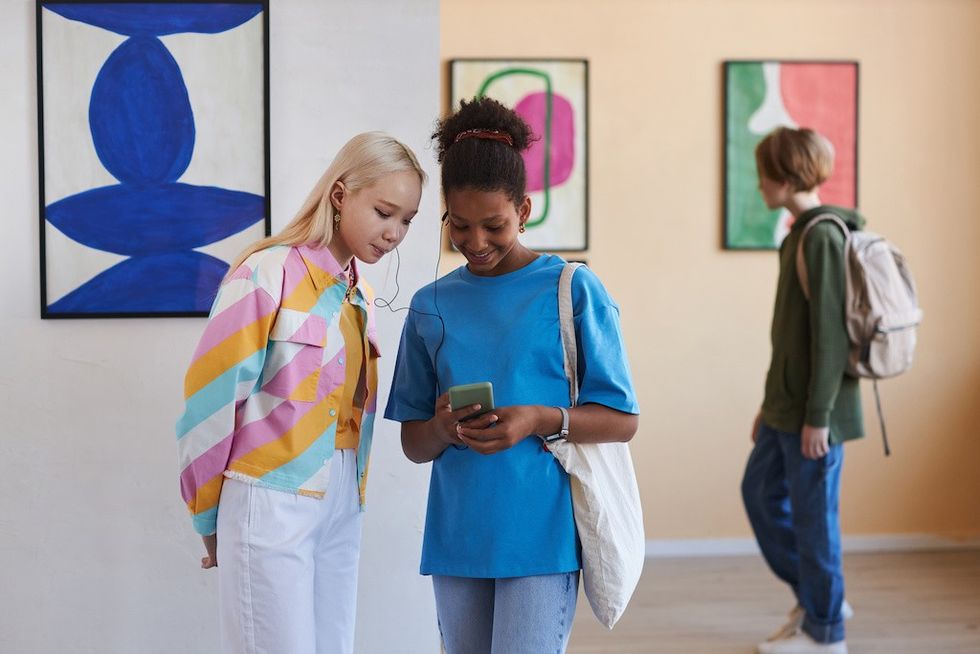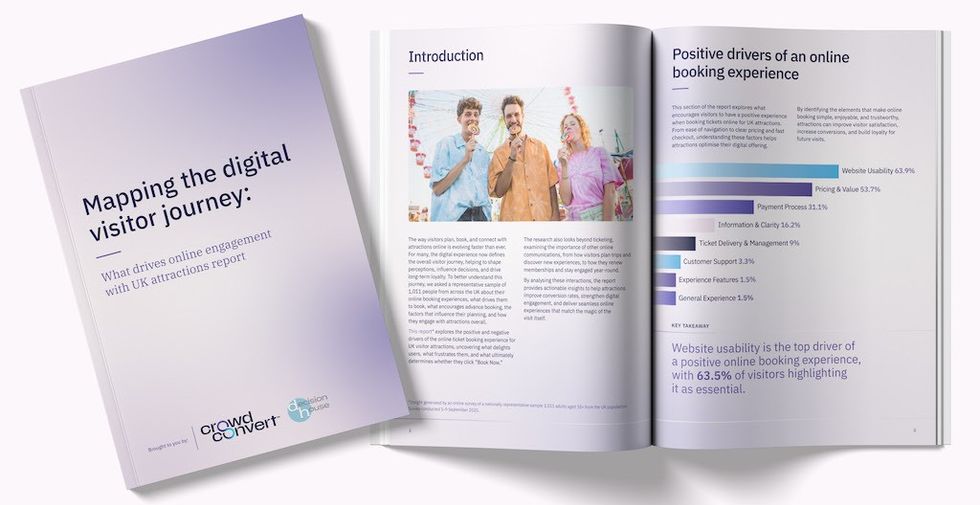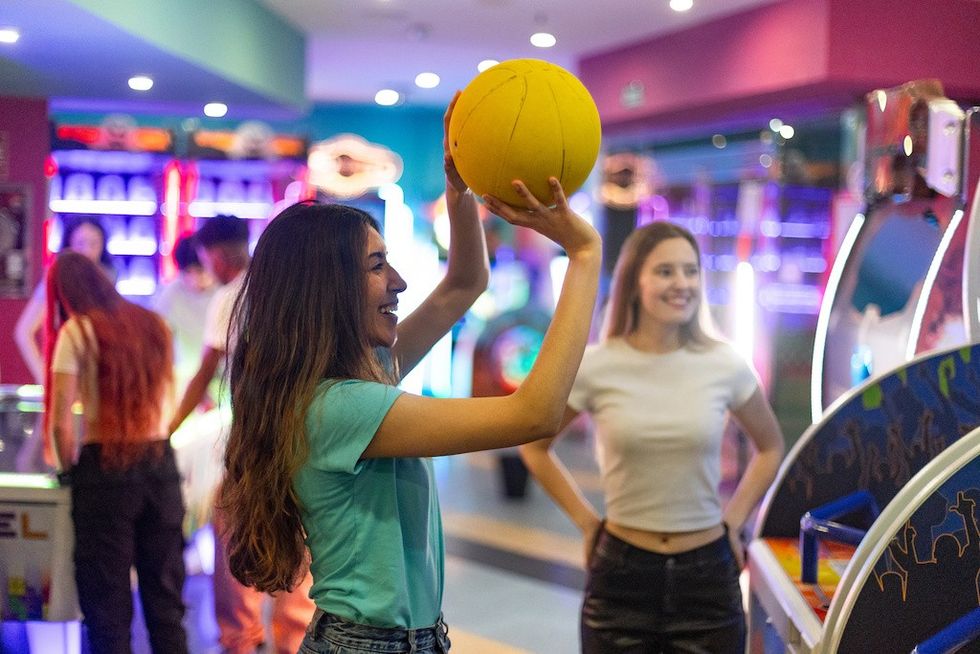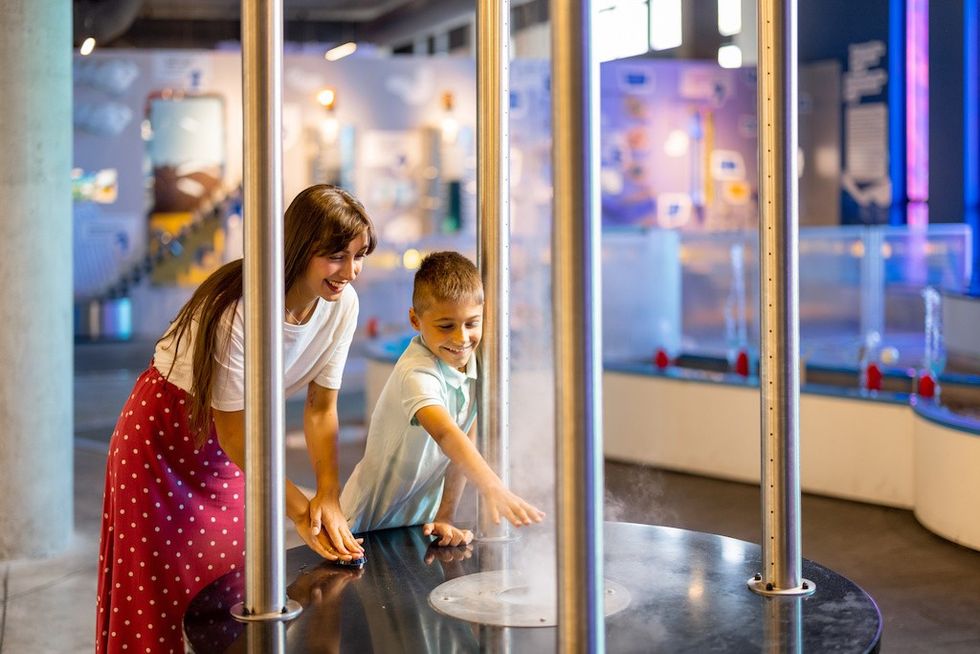Shep is the creator of three major ventures that seek to tell authentic stories and foster interdisciplinary collaboration.
First, Shepland Creative is his development consultancy, specialising in helping entertainment brands define their proposition. From the grand vision to the finest detail, Shepland Creative understands audiences and designs unforgettable experiences for every visitor.
In addition, Shep is co-creator of Fuzzy Lightbulb, a new character development studio he has developed alongside his long-term collaborator and industry heavyweight Chris Barlow.
Most recently, Shep has launched a podcast series, getting notes from…, in which guests from the world of arts and entertainment are invited to share their insights into their own careers and creative processes.
In conversation with Shep and Fuzzy Lightbulb co-founder Chris Barlow, we discuss character-driven experiences, explore how meaningful storytelling is crafted through performance, design, and collaboration, and uncover what it takes to create lasting emotional connections with audiences.
A catalyst for collaboration
Shep started in entertainment as an actor and circus performer at the UK’s largest theme park while in drama school. This was his first professional contract, aside from minor TV roles.
It was the perfect start and a chance to learn from seasoned professionals. A culture of mentorship and shadowing allowed him to learn about the interdependencies between entertainment divisions, department connections, and theatrical craft.
“People were so generous with their time and dedicated to high-quality theatrical experiences and live entertainment. My manager Donna Speed facilitated learning, theatre manager Jason Noble (literally) taught me the ropes, and the gifted Rob Bagnall helped me hone improv and smash the fourth wall!”

Shep & Nick Reid at Alton Towers circa late 90s.
Shep knew early he wanted a career in arts and entertainment, so he focused on developing a transferable skill set with extensive experience. “Even before I began my studies, I made a habit of always choosing the most interesting option, working hard, learning and absorbing as much as I could, and finding good mentors.”
While studying, he began producing festivals at Bretton Hall, designing experiences that celebrated the landscapes and site-specific performances. These projects led him to Yorkshire Sculpture Park, where he organised events, live performances and the supporting activity programme for major exhibitions.
Shep describes this period as formative:
“There’s something special and magical about the Bretton Hall estate - its history, landscape, and possibilities. It was like Hogwarts for the arts, with just as many characters. There is a creative energy that exists there; it was a perfect place for young creatives to both lose and find themselves.”
At Bretton Hall, lecturer Mike Casey encouraged Shep's interests in live performance, comedy, and politics, urging him to challenge norms and push the boundaries of what could be achieved in interdisciplinary groups.
Everything is connected
That experience and the confidence he gained are what equipped him for his time at Yorkshire Sculpture Park. There, Clare Lilley empowered him to be independent and take ownership of some incredible projects.
“It was thrilling, and in my early twenties, I didn’t fully appreciate this special chapter of my life. I owe much to Clare and her mentorship, which prepared me for my work and future career.
“She knew when I needed support and when to give me freedom. She taught me decisiveness, balancing pragmatism with boundary-pushing, and the importance of being uncompromising when necessary.”

Simon Armitage rehearses while Shep prepares in the background, The Twilight Readings at Yorkshire Sculpture Park , Bretton Hall
Jonty Wilde
The Yorkshire Sculpture Park is a gallery without walls, founded on the principle of making art accessible. “After studying, it was an educational experience that continues to influence my work to this day. Everyone should visit to stretch their legs - and broaden their mind.”
Having great mentors is a red thread throughout.
That approach, along with choosing ‘the interesting option’, has served him well, leading him to travel the world, deliver some unique and impressive projects, and collaborate with and meet some remarkable individuals and organisations, from the Poet Laureate to Judi Dench, Andy Goldsworthy to Sophie Ryder, Barney the Dinosaur to The Beach Boys.
“Looking back at my career as an actor, circus performer, art event producer, broadcaster, cruise director, group director, and now founder of a creative consultancy and a character development workshop, I can’t tell whether it’s a masterclass or mystery. Either way, it all links together. It’s been an eclectic and invaluable journey.”
“I still regularly draw on those different chapters of my life, still learning from them; they all connect.”
 Sir Antony Gormley chats with Shep at the opening of the Isamu Noguchi exhibition at Yorkshire Sculpture Park, 2008Jonty Wilde
Sir Antony Gormley chats with Shep at the opening of the Isamu Noguchi exhibition at Yorkshire Sculpture Park, 2008Jonty WildeA bespoke approach
After years at big agencies promoting collaboration and leading major projects, Shep founded Shepland Creative to provide a more specialised, personalised approach.
“With some larger agencies, there can be a ‘churn’ and pace about things that can hinder proper creative development. Shepland Creative was born out of a demand for a more thoughtful and considered approach to creative development and innovation.
“Whether a cultural institute, entertainment brand or destination, the approach is always about understanding audiences, defining a proposition and then designing the events, experiences, campaigns and attractions that bring a message or story to life.”
Since launching nearly three years ago, it’s been an organic journey. Shepland Creative was approached by clients with whom Shep had legacy relationships, as well as new opportunities. The approach relies on strong research and industry expertise, helping brands stand out in an increasingly crowded and competitive market.
Shepland Creative has worked with some of the biggest brands in the industry, leading the design and development of major multi-million-pound entertainment propositions, as well as smaller, boutique, specialist events.
Global head of entertainment and events for Parque Reunidos, Diane Benedict, says: "So fortunate to have worked with Shep on a recent project. He delivered an exceptionally thorough audit of entertainment and events across multiple parks.
“His presentation was work is always filled with fresh, forward-thinking ideas—from new event concepts and character development to food & beverage enhancements and guest experience improvements.
“Shep’s creativity, insight, and strategic approach add tremendous value and will undoubtedly shape future offerings."
Bringing brands to life with meaningful moments and thoughtful details
Working across theatre, themed entertainment, destination planning, cruise and brand activations, Shepland Creative currently provides clients with research and development, creative consultancy and end-to-end project management.

Shep in Bruce Wayne mode at Parque Reunidos
“We pride ourselves on creating meaningful moments and audience experiences, with feelings and value behind every touchpoint”, Shep says. "It's about taking the time and making the difference for us, bringing stories or brands to life through the experiences we design, whether they’re big or small.
“So often it’s the tiniest detail that can have the biggest impact, when done thoughtfully. Whether a theatrical happening or a luxury hotel experience, those stories, details, and opportunities to leave a lasting impression... that’s what we’re passionate about, moments and details that matter.
“We dive into the detail and look for what’s special when we’re thinking about an organisation, we study their audience and create what’s next and what’s best – always future proofing as we go. It’s not (and nor should it be) fast work. We like to think we take the time and make the difference for our partners and clients.”
Notable collaborations
Almost ten years ago, Shep was director of entertainment and experience at Maho Village in Sint Maarten, overseeing all entertainment and live experiences, including theatrical productions, street carnivals, bespoke events, kids club concepts, ambassador characters, and luxury resort enrichment.
“The thing I loved most about this project was learning to appreciate the power of small, personalised touchpoints that can transform experiences. I was proud of the tailored moments we delivered and the cultural connection and community our team fostered.
“Through high-touch hospitality, intuition, and taking the time, our team infused intention and emotion into every guest experience, from check-in to departure. We crafted meaningful moments that fostered genuine relationships, creating a sense of belonging that encouraged repeat visits."

Shep pictured with some of the Entertainment Department in Sint Maarten
“Sometimes, when you look at the resources you have, you realise there’s so much more you can do than just a repeat programme of scheduled events. You can react to moments, people's uniqueness, and one-off situations to create more interesting offerings while keeping quality.
“This approach is creatively fulfilling, stimulating, and turns moments into ‘legendary happenings’.”
Shepland Creative has recently been working with Warner Hotels on the development of the new Reserve concept. “This is another great opportunity to work with a brand that pushes boundaries, blending historic landscapes with modern luxury, enriching experiences, and high-quality entertainment.
“It’s an exciting project.”
Matthew Williams, head of entertainment and experience, adds:
“Shep’s approach to creative development and innovation is always underpinned by fantastic research, rich industry experience, and his instinct. He eats, sleeps and breathes it, and always comes to the table with a clear vision and strong strategy for implementation.
“He’s been instrumental in helping to innovate our proposition and develop new experiences - with a particular eye for fusion, weaving moments of ‘experience’ into the wider guest journey.”

Shep on site at Heythrop Park for Reserve by Warner Hotels
Experience economy trends
With a lifetime of industry experience, Shep is well placed to comment on trends to watch.
“The crossover between entertainment sectors is fascinating. Cruise ships resemble theme parks. Theatre is becoming more immersive. Brand and IP collaborations are reinventing legacy properties, broadening audience appeal and fostering multigenerational interest.
“A lot is happening!”
He also discusses the post-COVID rise in brands seeking to build community with their audiences.
“Competing for people’s time and attention has never been more challenging, so content needs to be dynamic and of great quality, and relationships must be more engaging and meaningful.
“A great response is giving audiences more agency in their own experiences and products; fan fiction is being commissioned by IP owners (Alan Partridge), Lego pick fan favourites to become official sets, and individual audience members can actually become the story in immersive theatre (You Me Bum Bum Train / Phantom Peak).
 Phantom Peak
Phantom Peak “I love this approach and often think, while watching the latest franchise sequel, prequel, or ‘requel’… they really needed ‘fans’ involved in the development of this.”
Another post-COVID trend is increased focus on art and entertainment in placemaking, with people adopting a ‘destinational mentality’, as Shep calls it. “We’re working on some interesting public space projects where we’re consulting on how spaces can be more adaptable to suit not only the staging of events but also become a community hub.”
Often, creative teams are brought in after everything has been designed and built. “But now, we're seeing more creative thinking brought in from the beginning, asking: ‘How can we make this space adaptable, offer a more infinite canvas? How can we design for a cultural or entertainment application from day one?
“Younger generations increasingly desire community hubs for shared experiences. Malls, cinemas, museums, and city centres will all need to innovate quickly to create a sense of place for the future.”
What matters
However, when it comes to what really matters, Shep says that accessibility is vital.
“The experience industry needs to improve accessibility across the board. It should be considered from the start, including neurodiversity, disability, and gender inclusion, involving experts in the process. We must push for more in our industry.
“I also feel passionately that entertainment and art shouldn’t be exclusive to those who can afford it; culture should be a passport for all, free of economic barriers.”
The industry isn’t always discussing accessibility and affordability enough, he adds. “It’s easy to get caught up in exciting, elaborate, and costly concepts, but they are becoming less accessible to a mainstream audience.
“We are the industry of escapism; it should be democratically available to everyone. While some pioneers lead the way in inclusive design, I believe that, as an industry, we are drifting away from that ideal.
“It’s something I want to bring into the conversation at the earliest stage of every project I’m involved in.”
Fuzzy Lightbulb
Building on his extensive experience, alongside long-term friend and collaborator Chris Barlow, Shep launched Fuzzy Lightbulb this year, a full-service character development powerhouse.
Their mission unites a passion for storytelling and craftsmanship to bring characters to life, creating moments of magic and joy.
Having worked on many projects together, the pair saw a gap in the market: for a specialised agency focused solely on character-driven experiences.

“We felt there was space for a company that helps brands fully leverage their creative property, because characters aren't just costumes or puppets. They’re storytellers, brand ambassadors, and the heart of unforgettable guest experiences.”
Whether it’s mascots, animatronic puppets, theatrical creatures, immersive character worlds, themed play zones, or merchandise, Fuzzy Lightbulb aims to create lasting character impact by examining the entire guest journey, integrating character touchpoints at every stage of the experience.
“We’re not just mascot makers; we’re a full character development studio. If you're looking for bold, immersive character experiences, without agencies, middlemen, or unnecessary markups, then this is the right place. We offer a faster, more cost-effective process where your vision stays at the heart of everything we deliver.”
It’s a genuine collaboration involving real characters, diverse visualisation and fabrication skills, hands-on experience in leading creative teams, and extensive industry knowledge.
“In one respect, we’re just putting a label on a partnership that we’ve been enjoying for a long time," says Shep. “Chris is a multi-hyphenate, a polymath and master of his craft - he is one of the most singularly talented individuals I’ve worked with when it comes to tangible creativity.
“Most of my favourite projects have been when we’ve worked together.”
A creative partnership rooted in experience
Barlow trained as a performer and transitioned into acting, design, puppet making, and puppeteering, eventually working in TV, film, and theatre. “I’ve built this eclectic mix of skills and experiences that shape how I design and create now,” he says.
“When we first started working together years ago, it was a brilliant meeting of minds. There was this natural creative synergy. We just had a shorthand with each other. We could riff on ideas easily, but Shep also brings a sharp sense of what excites people. He knows what engages audiences, and that’s incredibly inspiring.”
“Working with Shep has always felt energising. His insight and knowledge from the wider industry have consistently helped take our ideas further, make them stronger, and ground them in something real.”

Co-founders and longtime collaborators, Shep & Chris Barlow
Their shared performance background is a tremendous asset, he adds:
“We understand the practical side—wearing mascot suits, operating puppets, and caring for them. This performer’s perspective guides Fuzzy's designs. I ask, 'How do we improve this for the performer? Make it easier, more expressive, maintainable?'”
These practicalities often get overlooked when focusing only on appearance. Having performed inside, beside, and underneath every type of character, the pair understand key considerations for creating characters for live performance.
“Shep’s background enables him to see the bigger picture: what clients need, what works in all areas of experience and beyond that, like retail and interactivity, or how operational realities can influence things, and, most importantly, what creates a powerful and memorable guest and audience experience.”
It’s a creative partnership with complementary strengths and shared values, rooted in performance but stretching across design, operations, and storytelling.
Using the difficulty
Speaking about some of the challenges that the new studio sets out to solve, Barlow says:
“When it comes to creating character experiences, there are so many arms and branches to the process. There’s the creation of the character itself, and then there’s the question of how to make that character live and thrive in the real world.
“Often, these kinds of creations get tied into other parts of a company’s structure, whether it’s rebranding or launching a new product, and in that context, the character can sometimes get lost between departments.”
Corporate pressure can sometimes affect character development, such as branding needs and commercial goals: “That can get in the way of what a character truly should be: something that almost lives and breathes, something people can engage with emotionally, physically, through artwork, animation, or live performance.”

Some of the Beach House Crew, Sint Maarten
From a development perspective, that could be a challenge:
“You’re creating something families and kids will love and return to, while balancing internal restrictions and competing voices. It’s a skill, and we’re committed to ensuring a character has a clear mission and core purpose without becoming weighed down by too many considerations.”
Another challenge is maintaining a character's cohesion and consistency while ensuring it remains fresh and relevant.
“These are exactly the kinds of challenges our new venture is designed to solve. With every character, we’re considering its platform, its purpose, and ensuring it is fit for now and the future.”
The audience is key
It is vital, adds Shep, to constantly reverse engineer from one key question: who is the intended audience?
“It’s about threading that line through the entire process, ensuring that everyone involved stays connected, and that the result is a cohesive audience experience of that character.
“For us, every character development campaign boils down to three core questions: How can the audience enter the world of the character? How can the character enter the audience's world? And how can the audience experience adventure through the character’s eyes?”
How those questions are answered varies by project. “And it’s becoming increasingly exciting with the advancement of technologies and the cultural shift toward more off-stage, interactive, and immersive experiences.”
With their backgrounds, Barlow and Shep understand what it takes to make a character proposition thrive.
“It requires deep integration across departments and stakeholders,” says Shep. “Our process breaks character development down into clear stages designed to ensure the final proposition is entirely bespoke. It’s never a copy-and-paste solution.”
Practical considerations
Alongside reverse-engineering story-driven moments, the duo considers all the practical aspects, such as identifying the best medium or platform for each experience.
“It’s not always about rolling out an eight-foot, full-body mascot,” says Shep. “Sometimes, it's about finding creativity within the constraints. That could mean working around space limitations, tight budgets, or operational logistics. But for us, those 'limitations' are opportunities to find clever, tailored solutions that are genuinely fit for purpose.”

Work for Legoland Windsor
A single character can adapt across platforms and demographics. The same core character may exist in various forms—interactive, wearable, digital—while remaining authentic and cohesive. It’s crucial for the character to resonate emotionally and function practically within the guest journey.
“Chris and I are both passionate about more intimate formats,” he adds. “Things like walkabout and step-in puppet performances and moments, those opportunities where the character feels close, alive, and real to the guest. It’s in those little moments that real emotional connection happens."
Finding the right format
Expanding on this, Barlow says:
"If you have a rabbit character designed for three-year-olds, how effective is it to have that character portrayed by someone in a nine-foot-tall foam suit? The character is supposed to be the same age as the kids, but instead, it’s this huge, bulky figure that can’t move or dance freely. Does that give the kids an authentic interaction with the character they love?”
This has led him to become a fan of puppet interactions: “Puppets can be created at precisely the right proportions and scale, without being limited by the constraints of fitting a person inside an oversized suit.
“There’s also so much opportunity with technologies like projection and video mapping, but I believe there’s something magical about live theatre and the feeling of having a real, in-person experience.”
For young audiences (and those still young at heart), meeting a character face-to-face, being able to touch and see them in the same space, is irreplaceable.
“Leaders in this industry understand that, and it’s something we’re passionate about pushing further. Puppets free performers from being trapped in suits, and they can appear in the smallest, most intimate settings. A puppet can pop up at a dinner table or behind a reception desk without the logistics of a bulky costume.”
Creating magic doesn’t have to mean big budgets, he adds. “With good performance and thoughtful, well-designed characters, you can create moments that families of all ages will remember forever."
Breathing life into characters
The pair don’t see Fuzzy Lightbulb limiting itself to specific sectors.
“We’re currently very excited about an opportunity with a cruise line, helping them weigh up the pros and cons of using a licensed IP versus developing an original character proposition,” says Shep. “We’re also developing a handheld walkabout concept for a leading theme park using a very well-known global IP.”

Dragon concept for Yeo Theatre
Fuzzy Lightbulb is also working on a legacy character rejuvenation project for a theme park in Europe. “It’s about breathing new life into a character that’s already got some brand equity but needs a fresh take. There’s multi-generational legacy and emotional investment; it’s a cool responsibility.”
The team has also just wrapped a TV and advertising campaign where they adapted the logo of a very well-known product into a living, breathing, engaging puppet character.
“It’s been great turning a brand mark into something that audiences can emotionally connect with,” says Barlow.
“We’ve also got a few theatrical concepts in development, which we’re excited about,” says Shep. “And the recent project Chris has filmed, Play Time.” This sees a group of comedians enter a local primary school, where they are challenged to create and perform an original stage play based entirely on the ideas of a group of 6-to-8-year-old schoolchildren.
"The filming day was the most touching, bonkers, unexpected day, and absolutely hilarious and wonderful to do," says Barlow.
Shep adds: “Chris was the perfect fit for the project, and it’s exactly the kind of purpose-driven work we want to be doing. It’s thoughtful and creative, and it has real value.” Play Time premieres on ITVX and YouTube later this November.
In terms of opportunities, they’re not trying to do everything with everyone. Shep explains, “We want to continue building a portfolio of work that we’re very proud of and synonymous with and have lots of fun while we’re doing it.
“The quality of our working relationships is as important to us as the work itself - and we’ll hold true to that.”
getting notes from…
Having worked in broadcasting and being no stranger to the stage, it makes sense that Shep would step into the podcast arena.

In each episode, he’ll be speaking to ‘movers and makers’ from across the creative arts and entertainment world, exploring their stories and journeys, examining their creative processes, and discussing how their relationship with their work has evolved.
“What I love most about my work is the collaboration and the talented people I get to co-create with. Every day is a school day, and I’m always learning and taking useful notes from the conversations and people around me, and that got me thinking that maybe some of those conversations could be of interest to others, too.
"And so, getting notes from… the podcast was born.”
getting notes from…will also highlight contemporary issues and explore themes affecting the creative industries today. It will encourage audience engagement, building a community of like-minded listeners eager to learn how to survive and thrive in today’s creative industries.
“This isn’t about banter or self-help—I’m not another pop-up life guru. It’s about sharing stories and learning from others. We wanted a space for genuine conversations offering insight, information, and inspiration.

getting notes from...is available on all of your preferred podcast platforms
“The hope is you can take useful nuggets to help on your creative journey.”
Authentic conversations
Season one opens with West End star Chanel Haynes, who played Tina in the hit show and has more recently been singing toe to toe with Mick Jagger on tour with the Rolling Stones.
Other guests joining Shep include Rolling Stone Magazine VP and music documentarian, Jason Fine, Hollywood actor, Dominic Burgess, internationally acclaimed sculptor, Sophie Ryder, actor Amy Cudden, Matt Cheshire and Natasha Christian from Interior Design & Architecture firm CMI, Ben Wild of BWS Studios, and more.

Chanel Haynes with Mick Jagger, on tour with the Rolling Stones
And of course, Shep wouldn’t let Chris off the hook.
“Chris has worked across movies, West End theatre, kids TV, and adverts. He’s a skilled professional with a strong reputation, and (like any creative) he’s faced industry challenges too. He was the first guest I booked!”
The episodes feel authentic, says Shep.
“The conversations feel real and relatable, and I think it speaks to people already in the industry, as well as those curious to learn more about it. It’s about capturing the day-to-day journey: the changes and challenges, and the contemporary issues that shape what is an ever-evolving space.”
“We’ve got an eclectic mix of guests. They’re all people with depth, who’ve been consistently applying and refining their craft over time.
“There will be plenty of transferable lessons in there, along with, hopefully, a good dose of fun too.”
getting notes from…will be available on all podcast platforms.
The little big things
Chatting with Shep, a common thread emerges: a deep commitment to creating meaningful, audience-focused experiences through character design, live performance, and collaboration. Each venture shares a vision for story-driven engagement from the audience’s perspective.
With Shepland Creative, it's about bringing stories to life through live entertainment, immersive happenings, hospitality moments, and engaging brand activations. For Fuzzy Lightbulb, it’s similar, but through character-driven experiences, using deeply relatable characters as powerful storytelling vehicles.
And with getting notes from…it’s the same foundation — drawing out interesting, meaningful stories from people in a way that’s enjoyable and engaging for the listener.
“My typical workweeks are quite varied, involving collaboration with many different disciplines and artists… It’s always stimulating, that’s for sure!
"Musicians, animators, architects, writers, actors, designers, sculptors, comedians… all creating story-driven work in one way or another, so it’s often about translating themes and narratives into different media, which I love.

Shep, a master juggler!
“More than any specific element, I’ve always been most inspired by collaboration. It’s in the sparks between people, the ideas that develop between disciplines. That’s where I find the most creativity, the inspiration and energy. It’s during that creative development where the magic really happens.
“This is why I’m so passionate about protecting the creative process. Great art and entertainment aren’t about giving an audience what they ask for. It’s about providing what they need - and sometimes they don’t realise what that is until they see it, feel it - it moves or excites them.
"That feeling is the best gift we can offer, and you can only achieve this when you respect the process and lead with creativity.
“All of my work is ultimately about crafting lasting moments that connect us.”

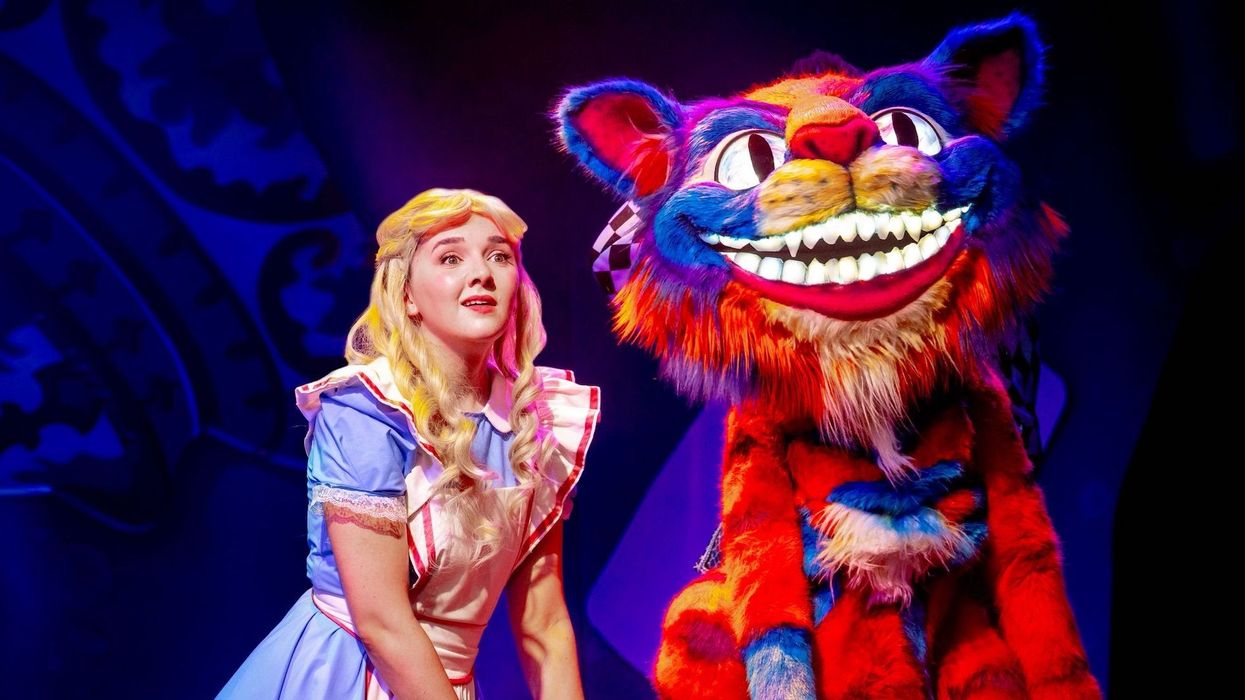
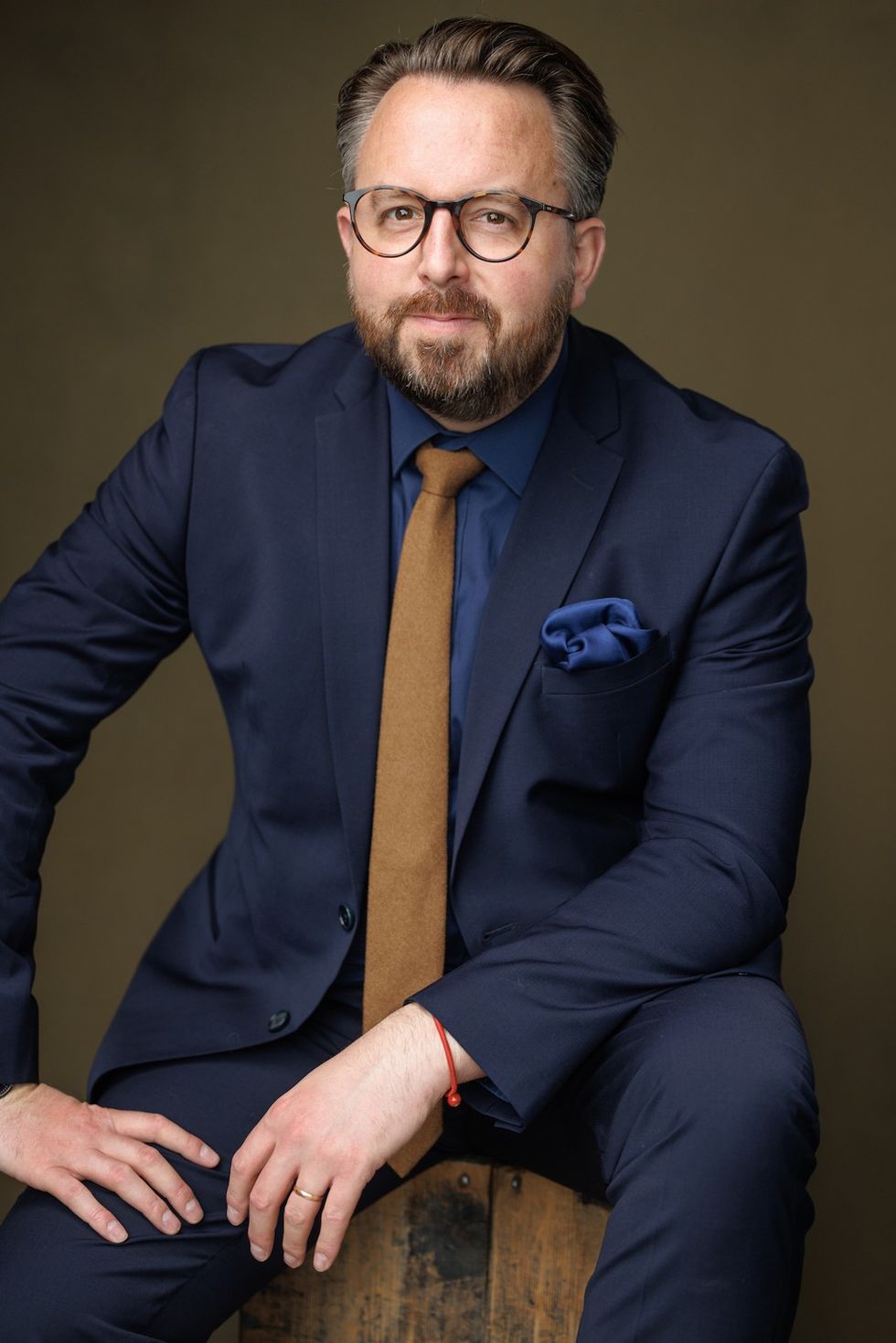
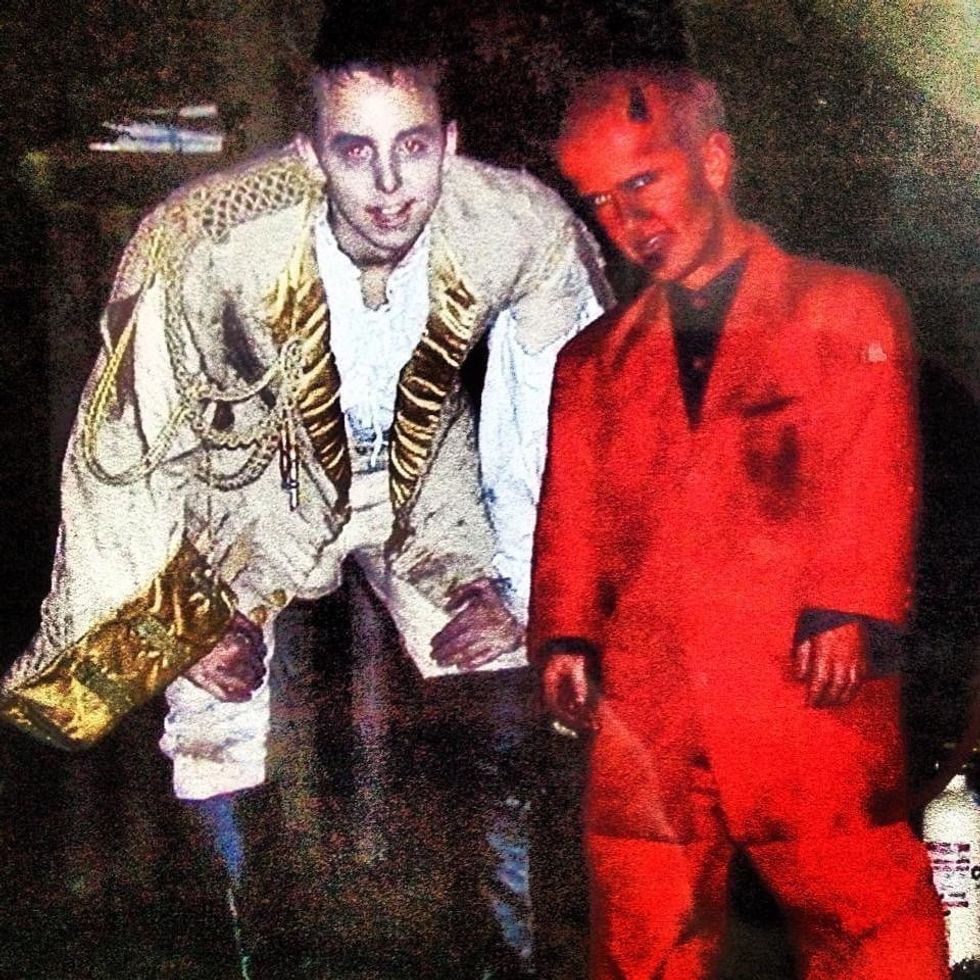
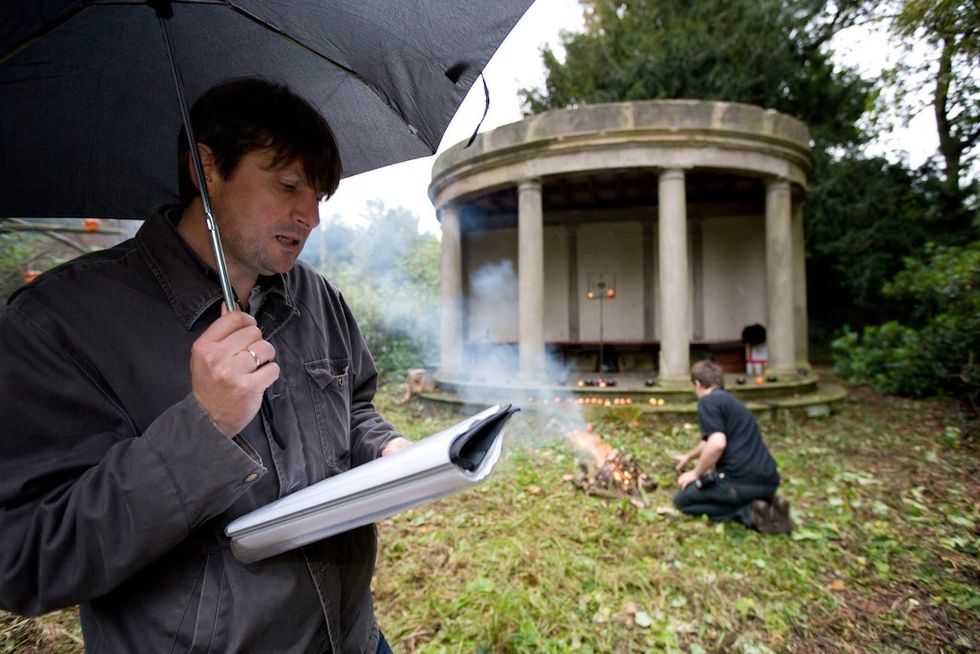
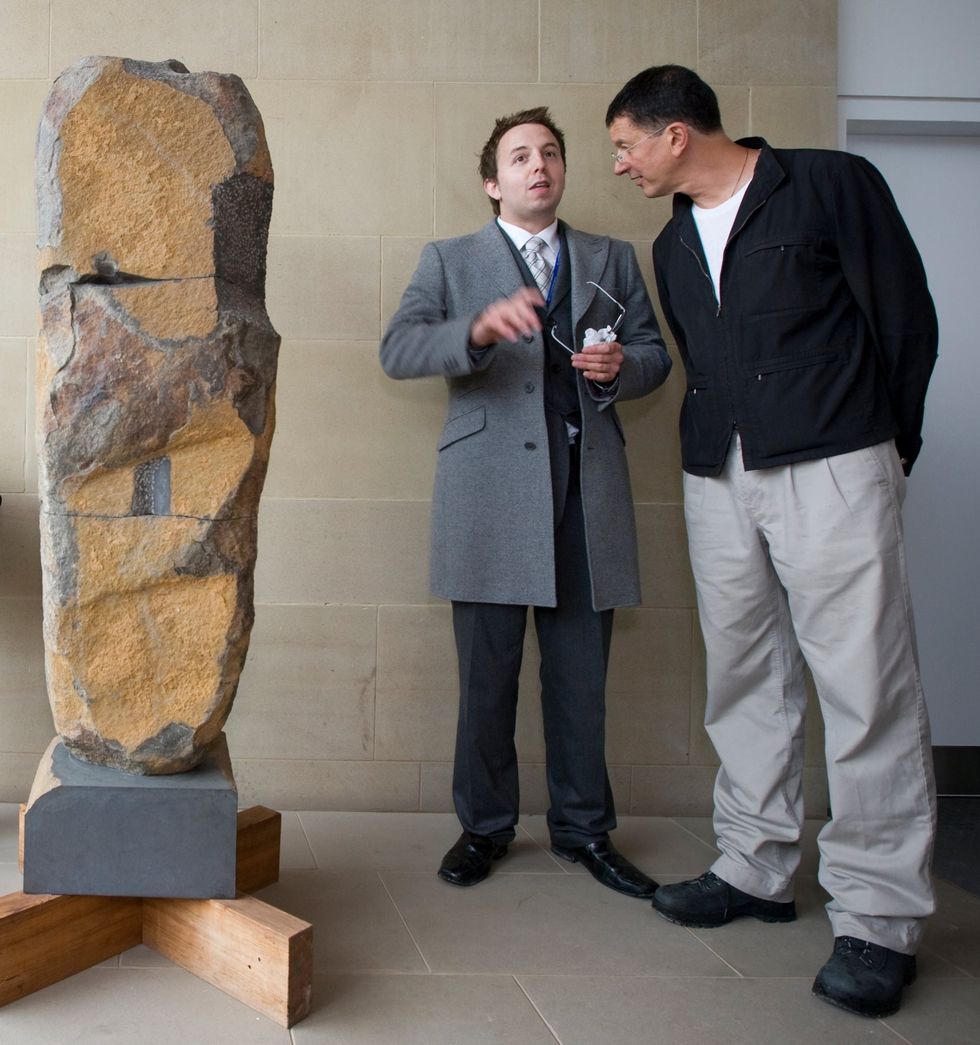 Sir Antony Gormley chats with Shep at the opening of the Isamu Noguchi exhibition at Yorkshire Sculpture Park, 2008Jonty Wilde
Sir Antony Gormley chats with Shep at the opening of the Isamu Noguchi exhibition at Yorkshire Sculpture Park, 2008Jonty Wilde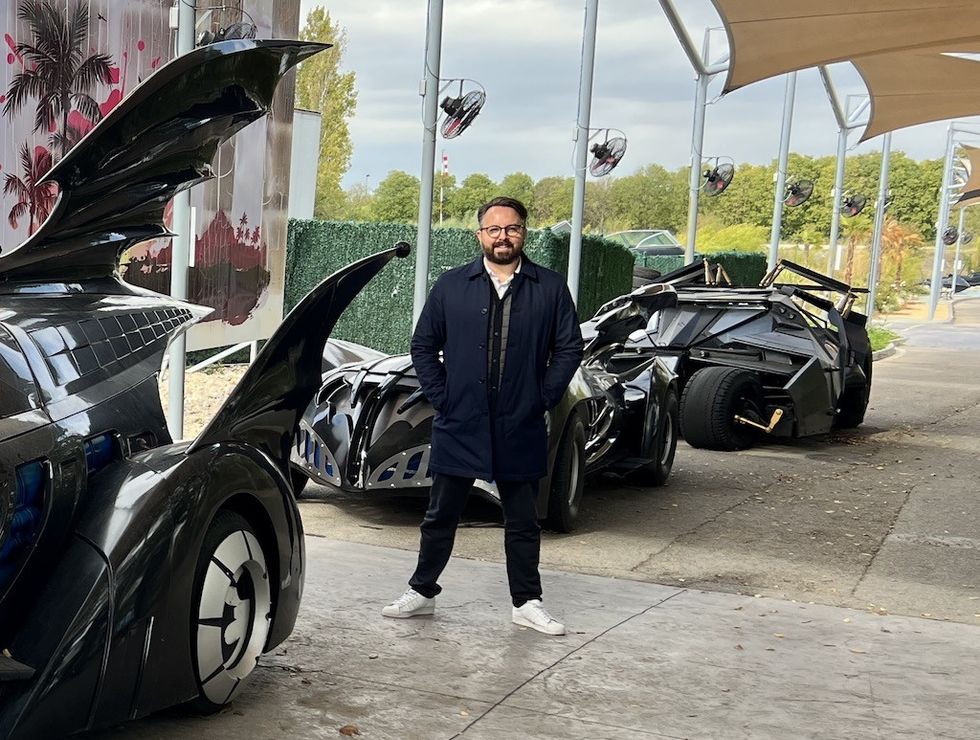
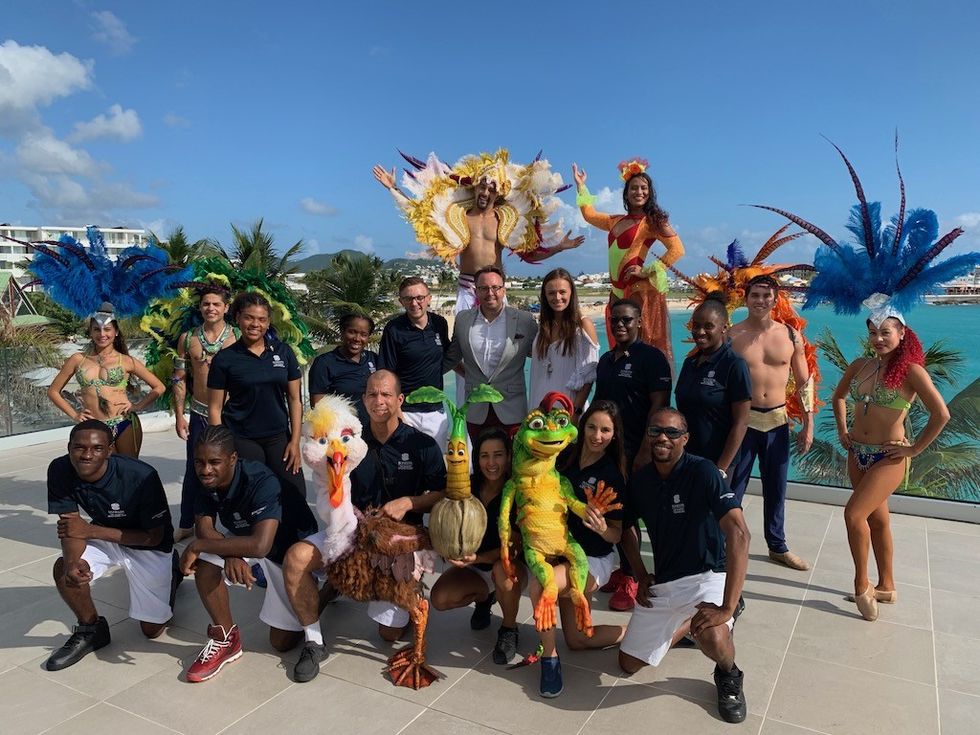
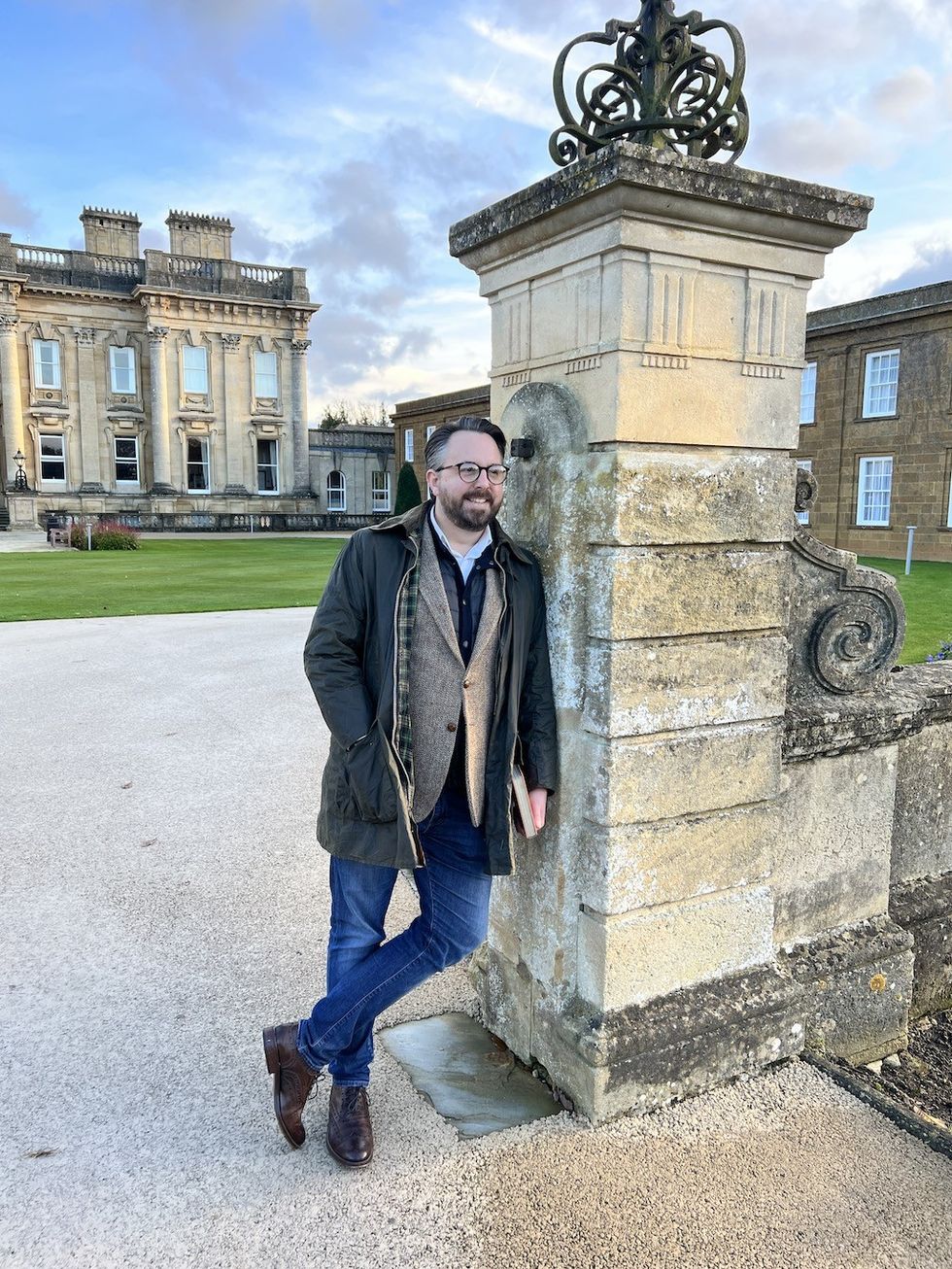
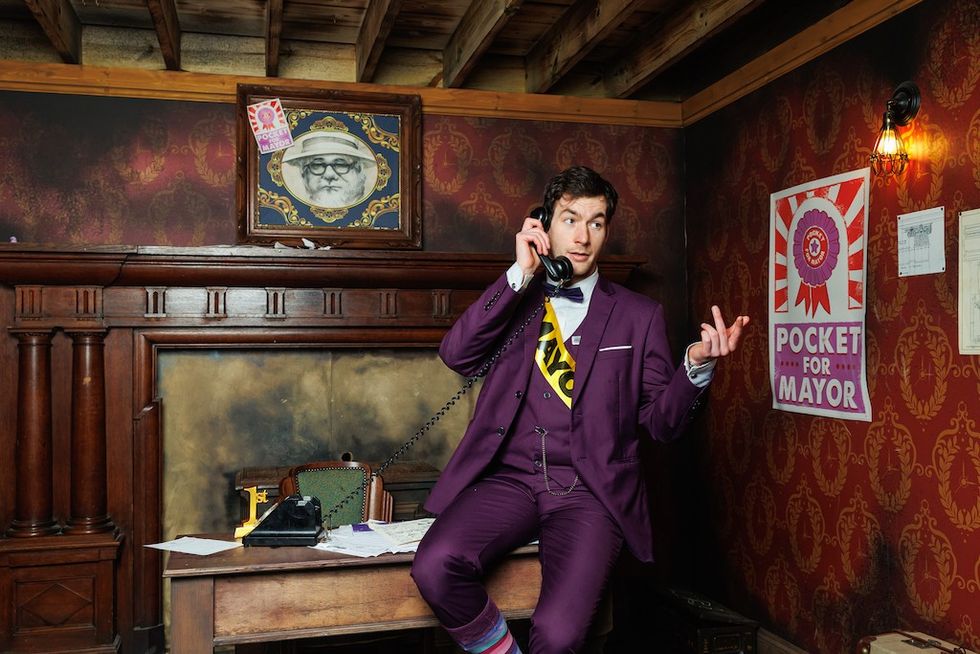 Phantom Peak
Phantom Peak 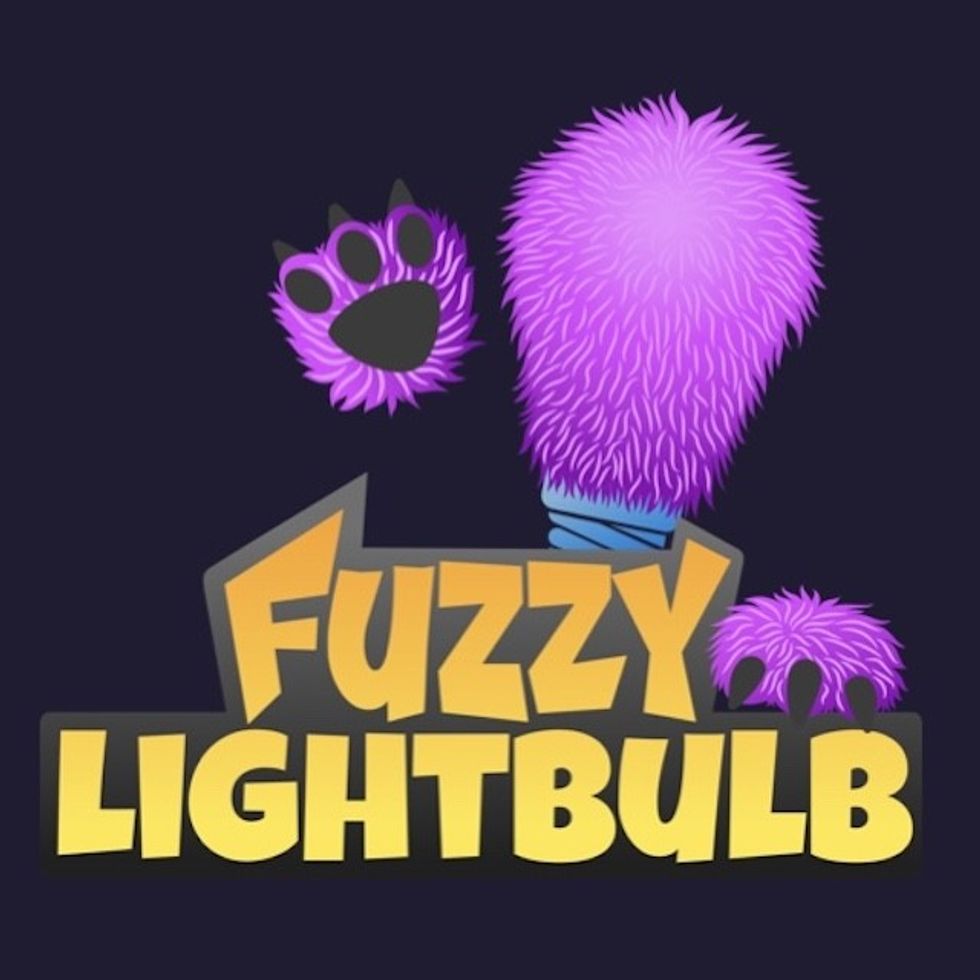
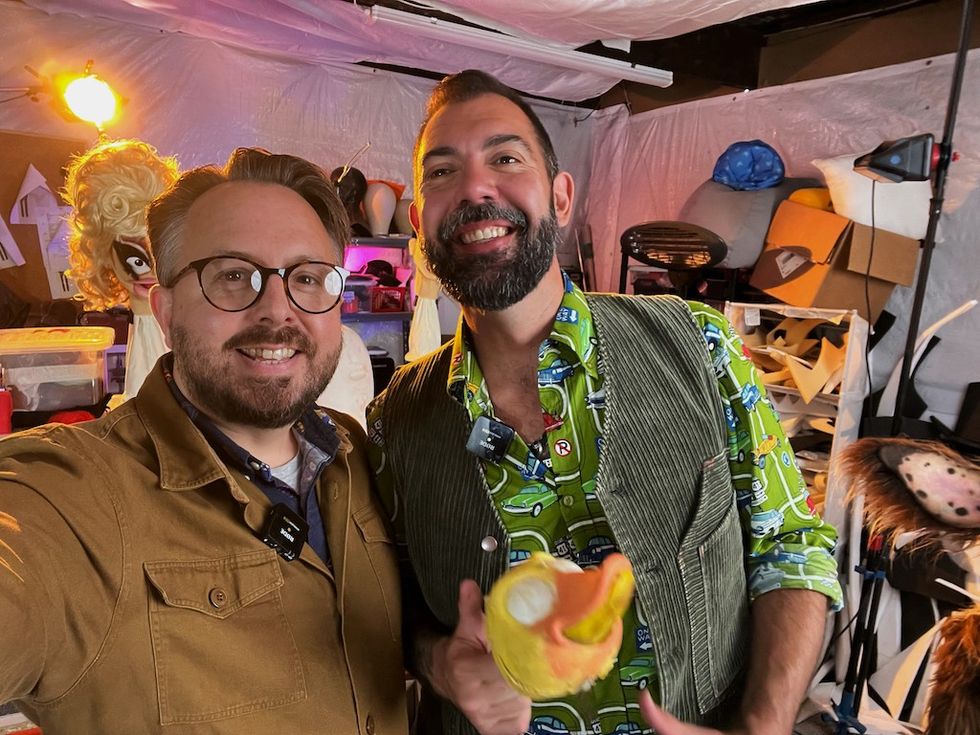
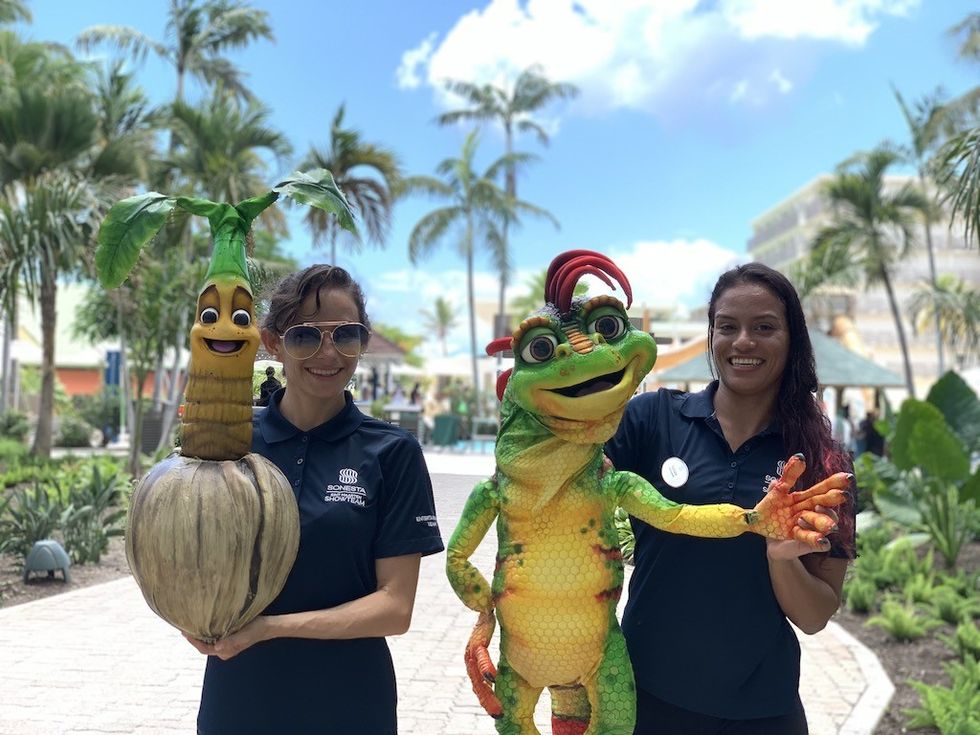
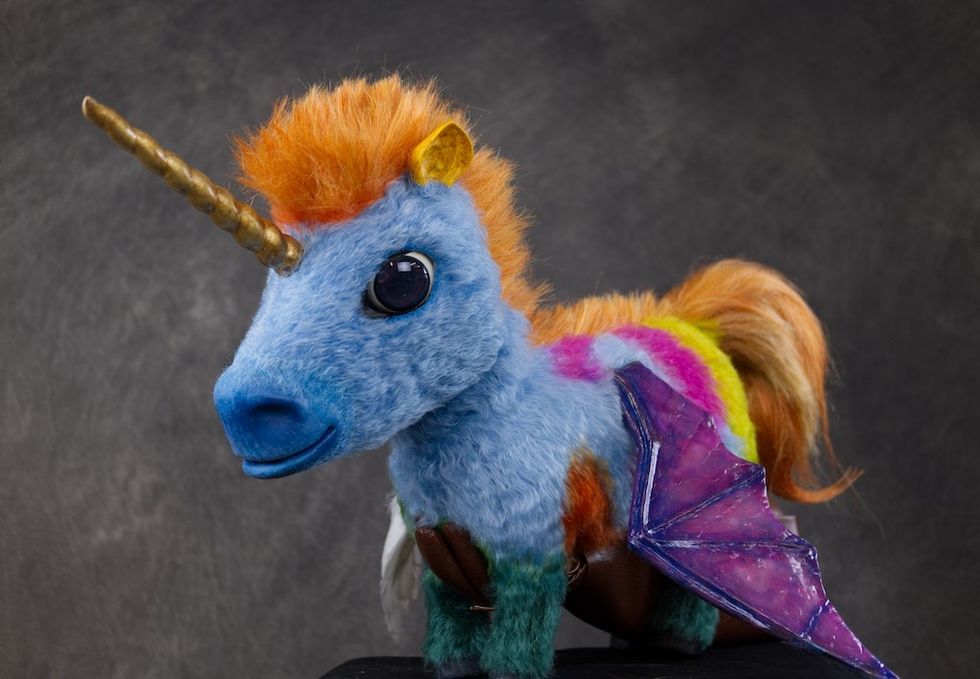
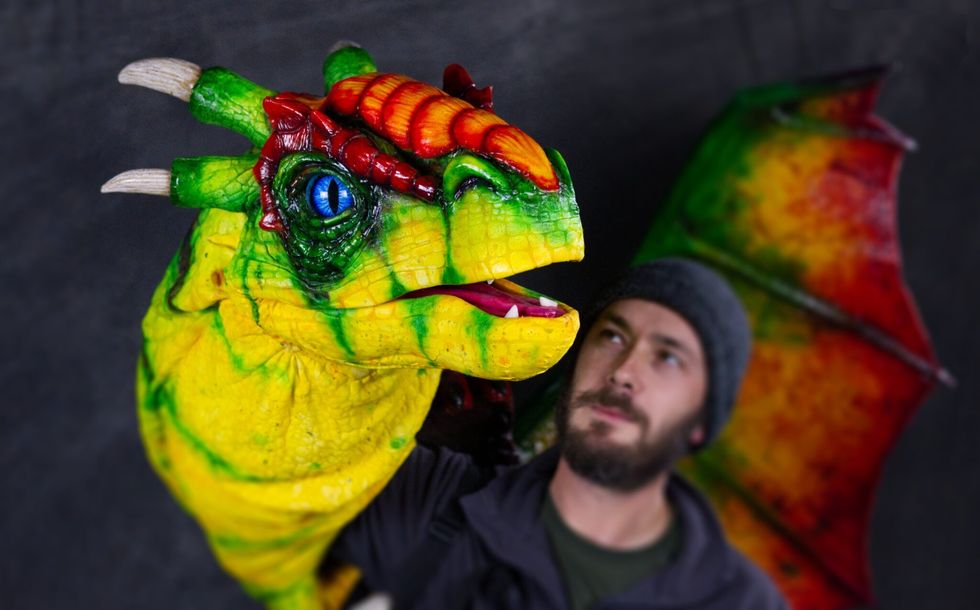
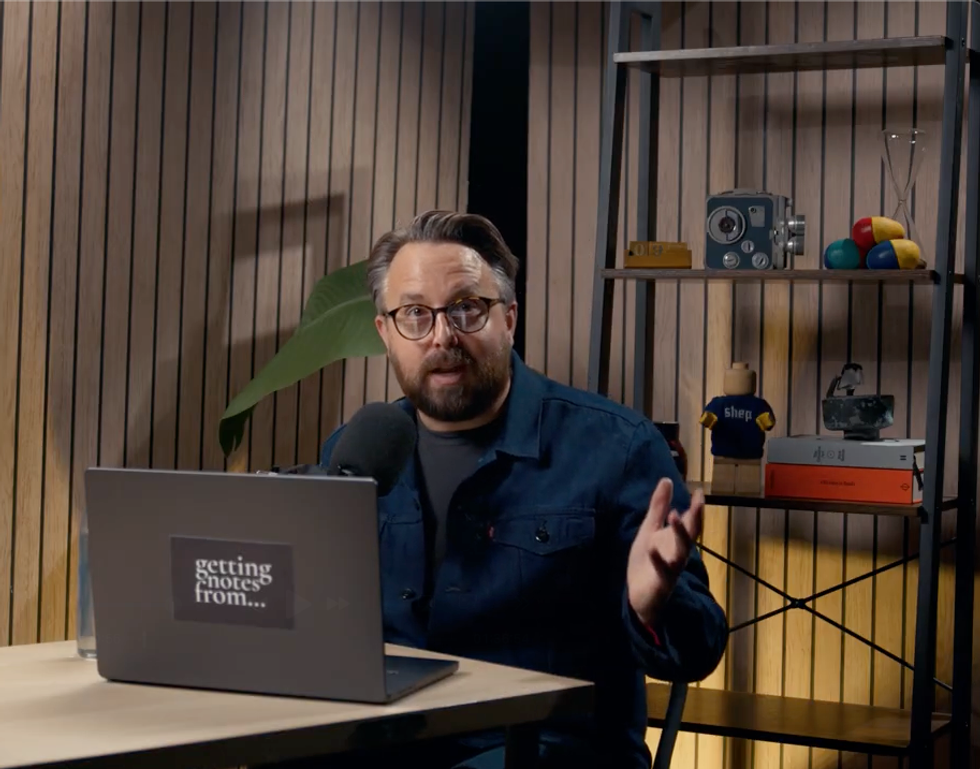
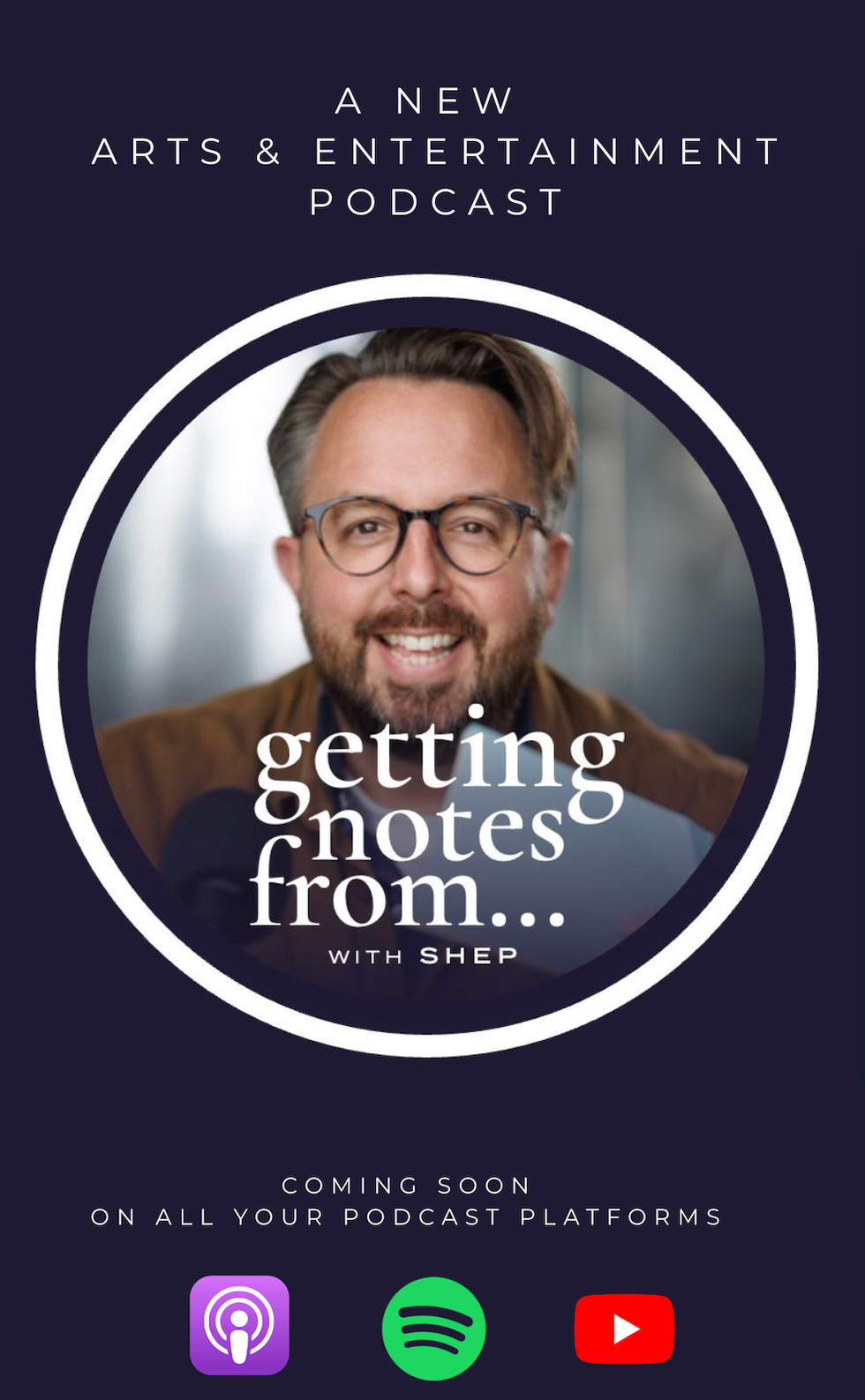
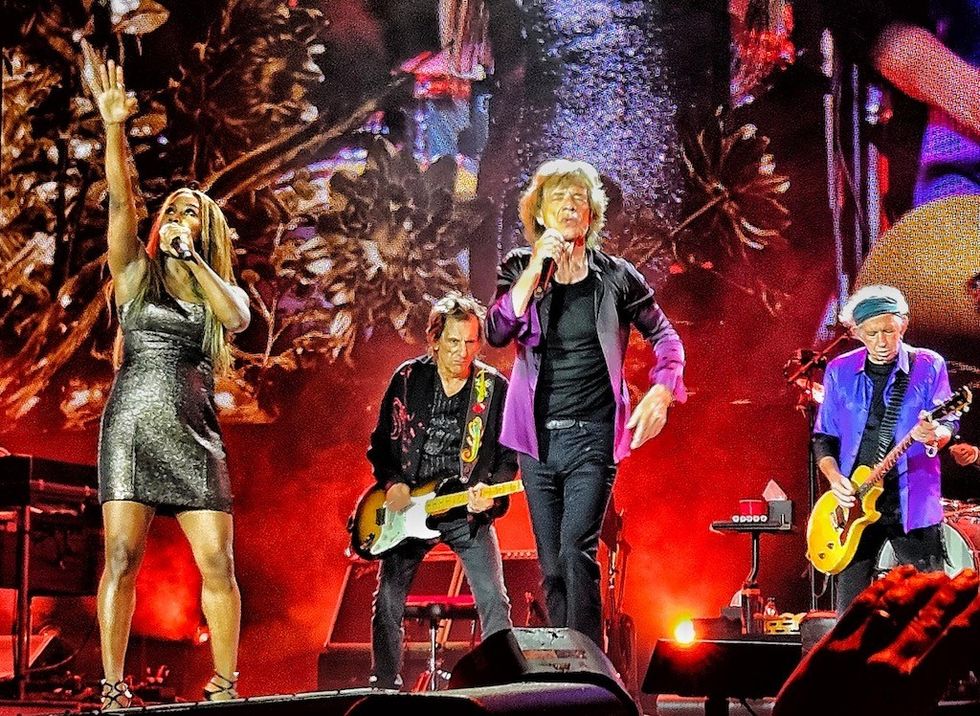
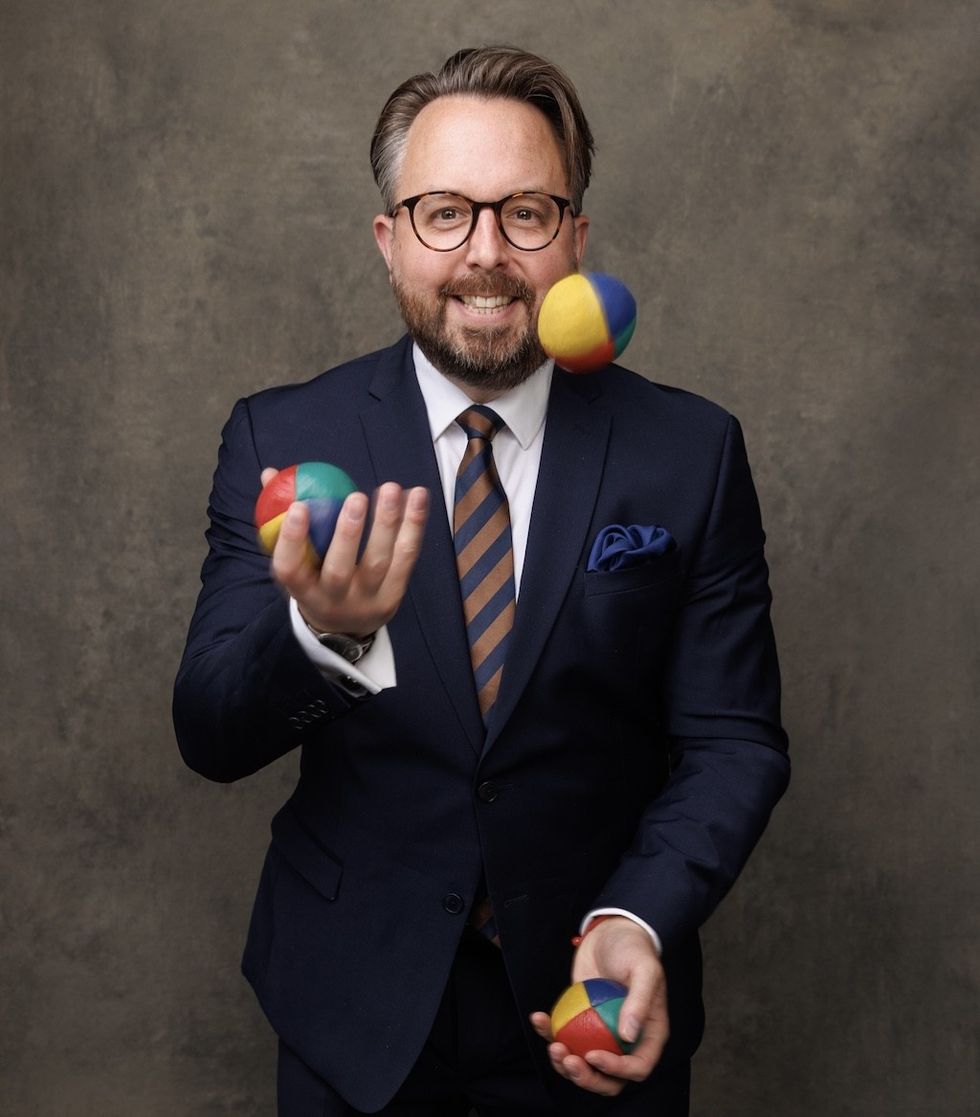
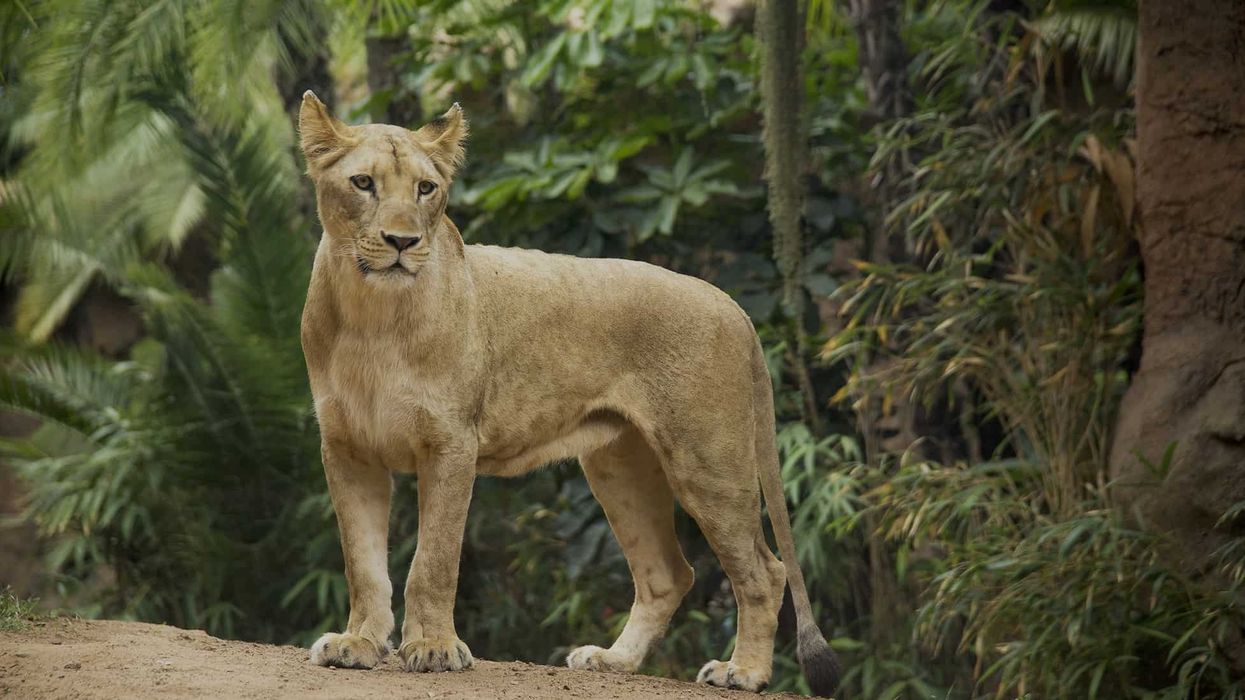
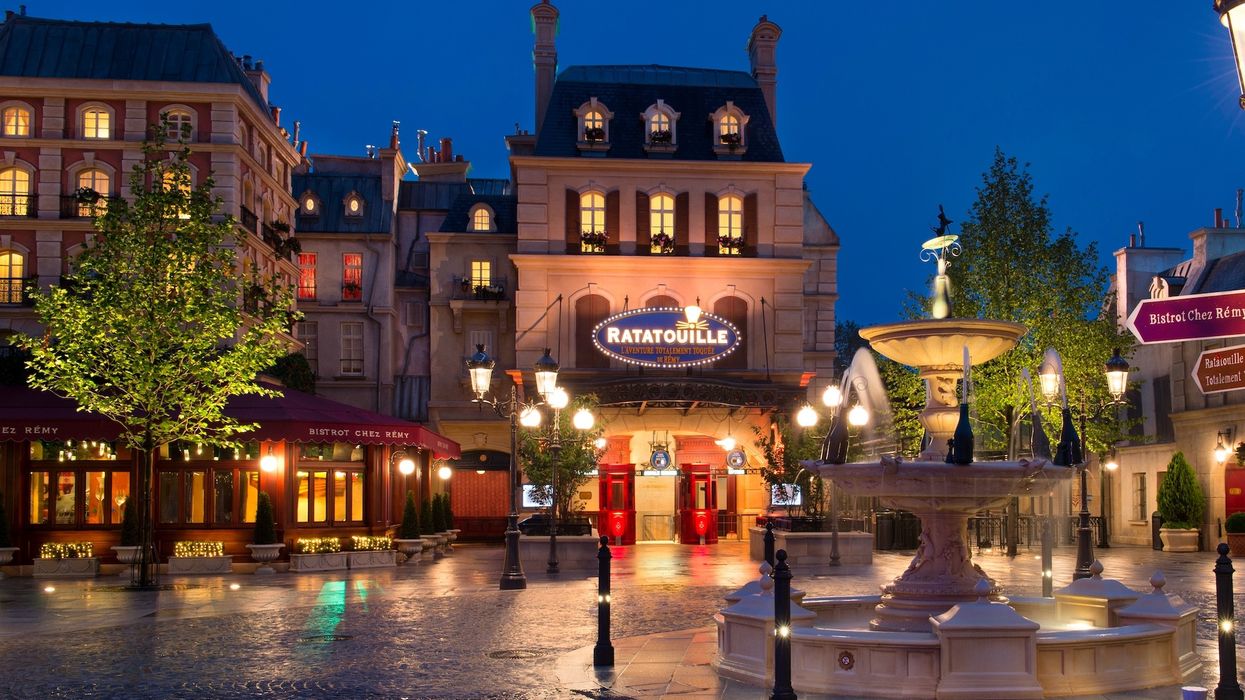
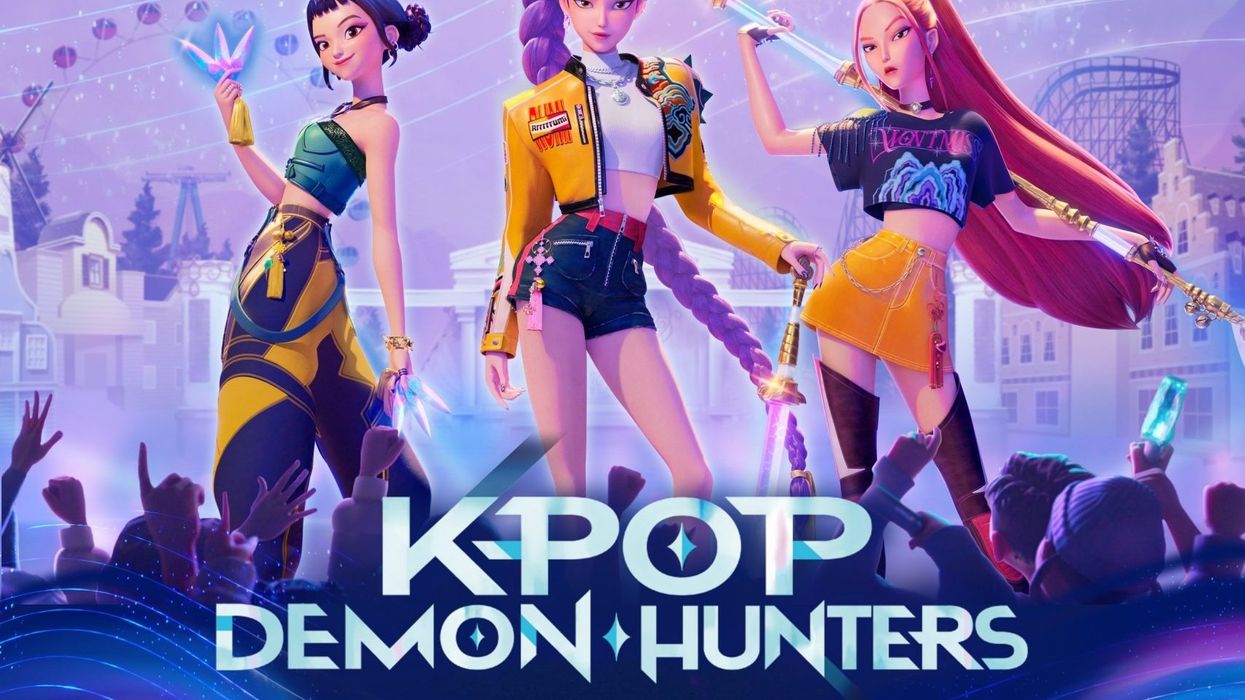

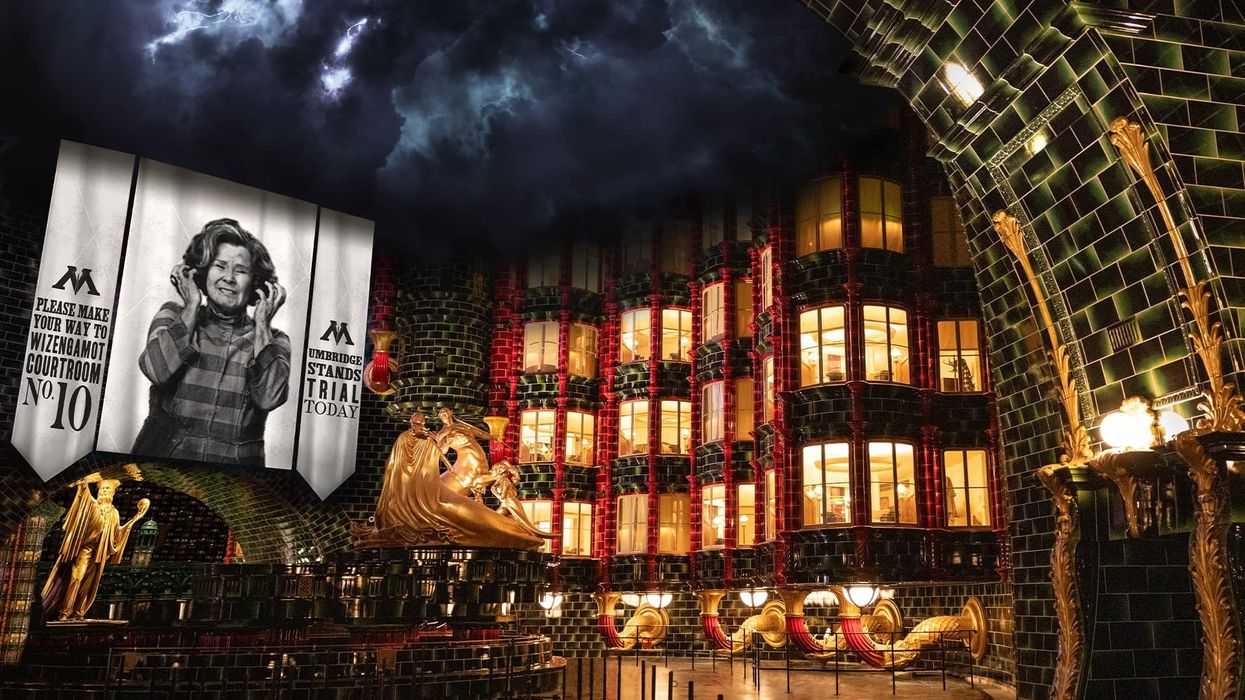
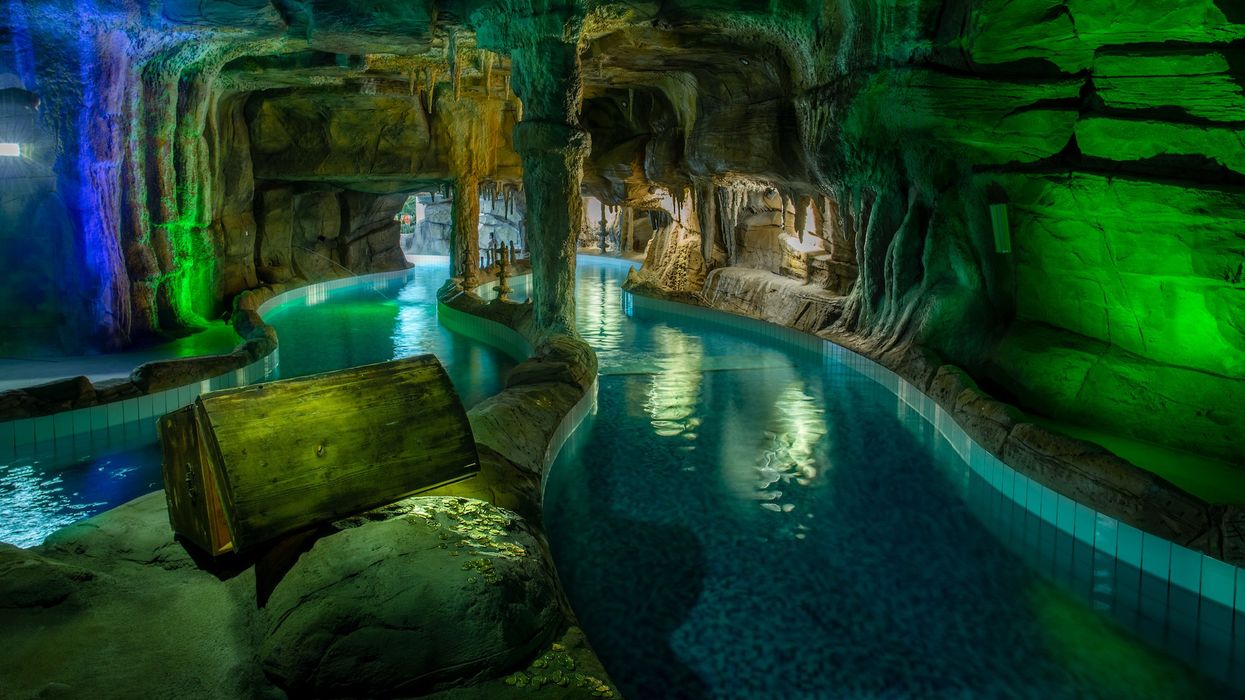
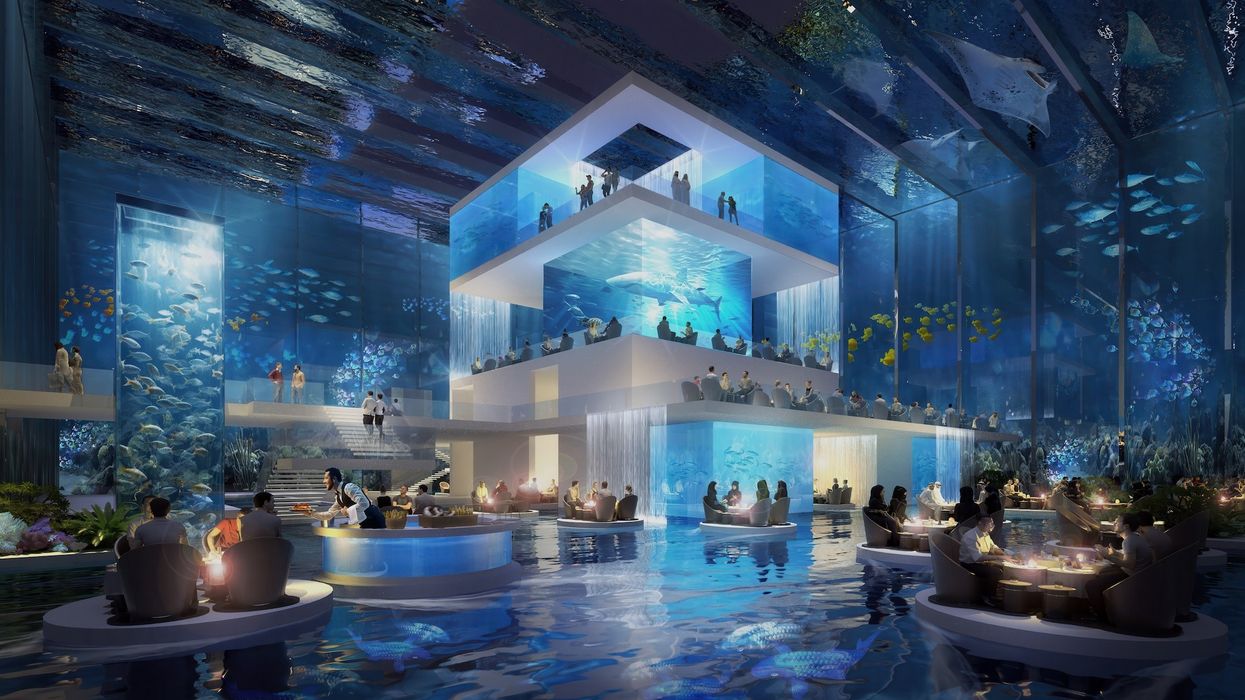
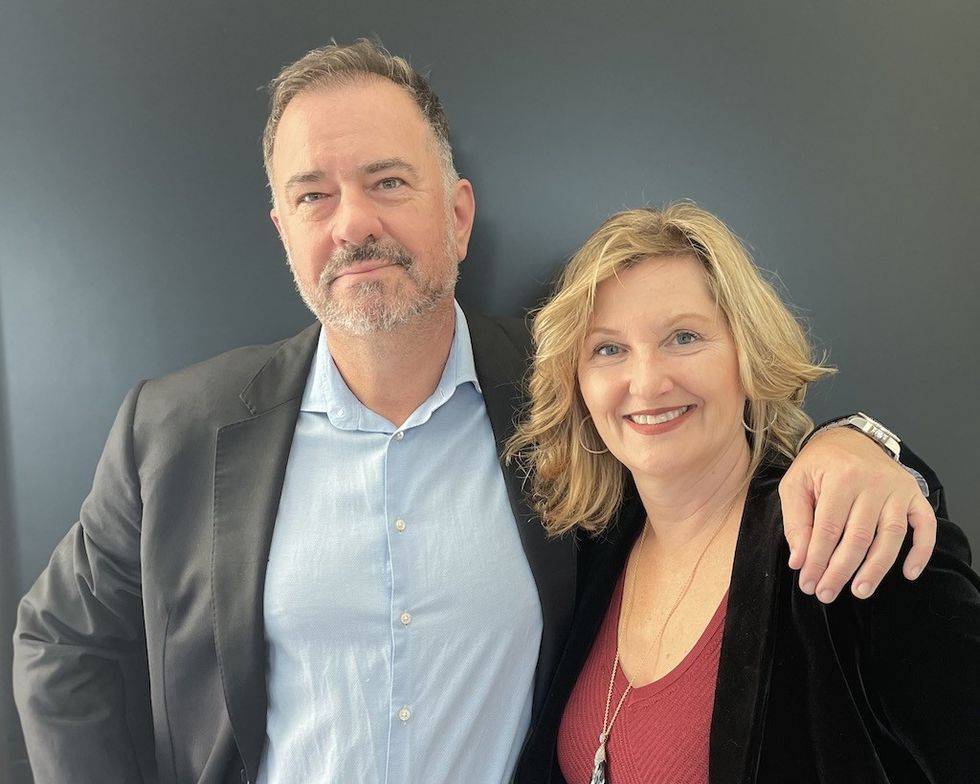
 Hard Rock Resort, Florida
Hard Rock Resort, Florida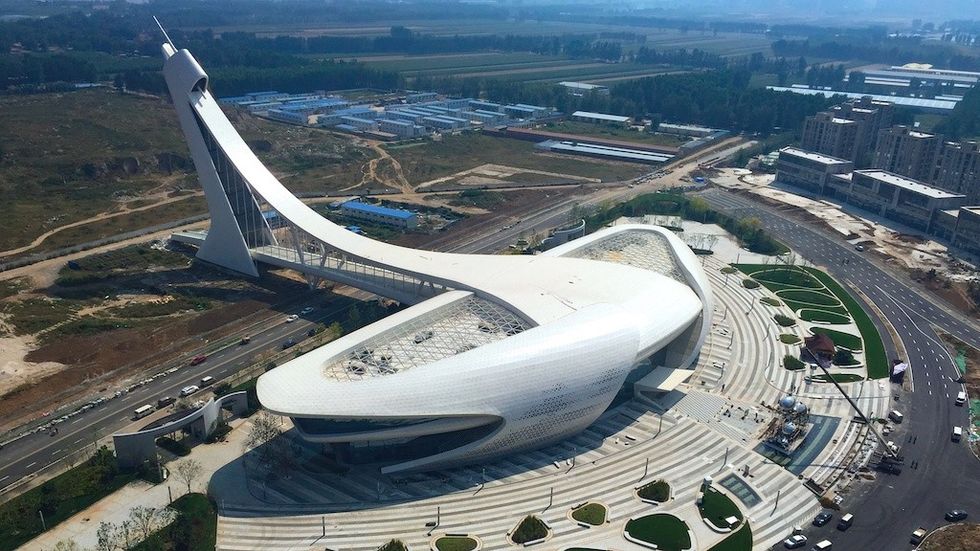 Air and Space Museum, Beijing
Air and Space Museum, Beijing Ferari Hotel, Riyadh
Ferari Hotel, Riyadh  Vidanta World, Mexico
Vidanta World, Mexico Chimelong Spaceship
Chimelong Spaceship Land of Legends
Land of Legends Cirque Aseer Park
Cirque Aseer Park Doha Oasis
Doha Oasis Studio City, Macau
Studio City, Macau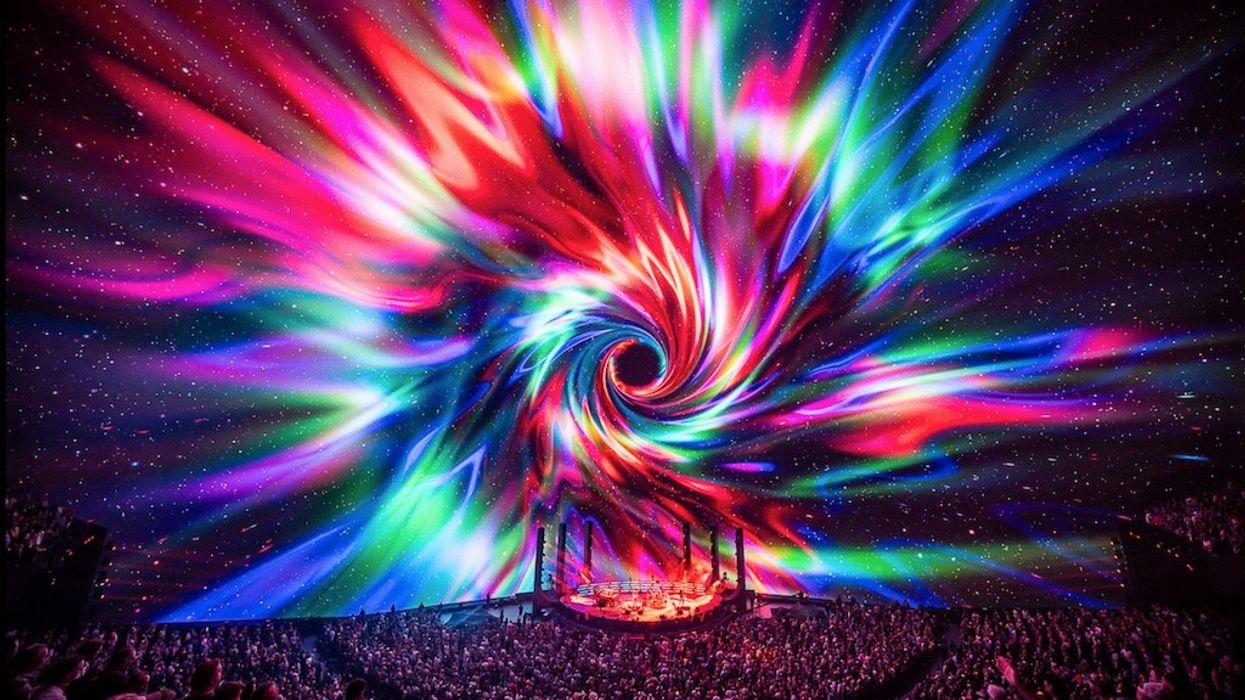
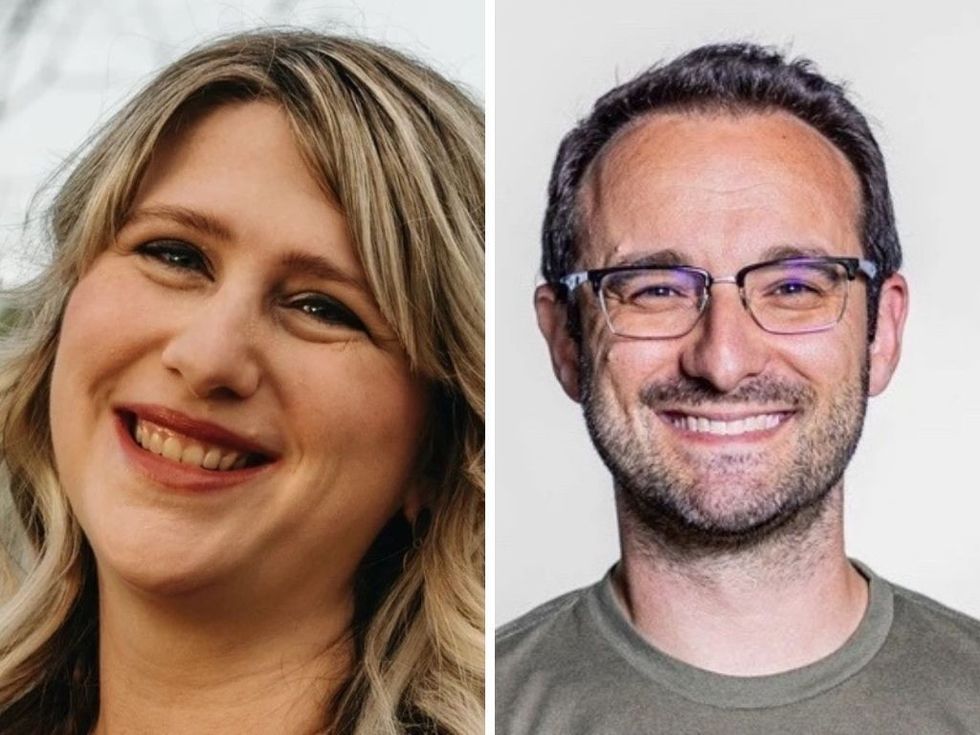 Erica McCay and Jim Shumway
Erica McCay and Jim Shumway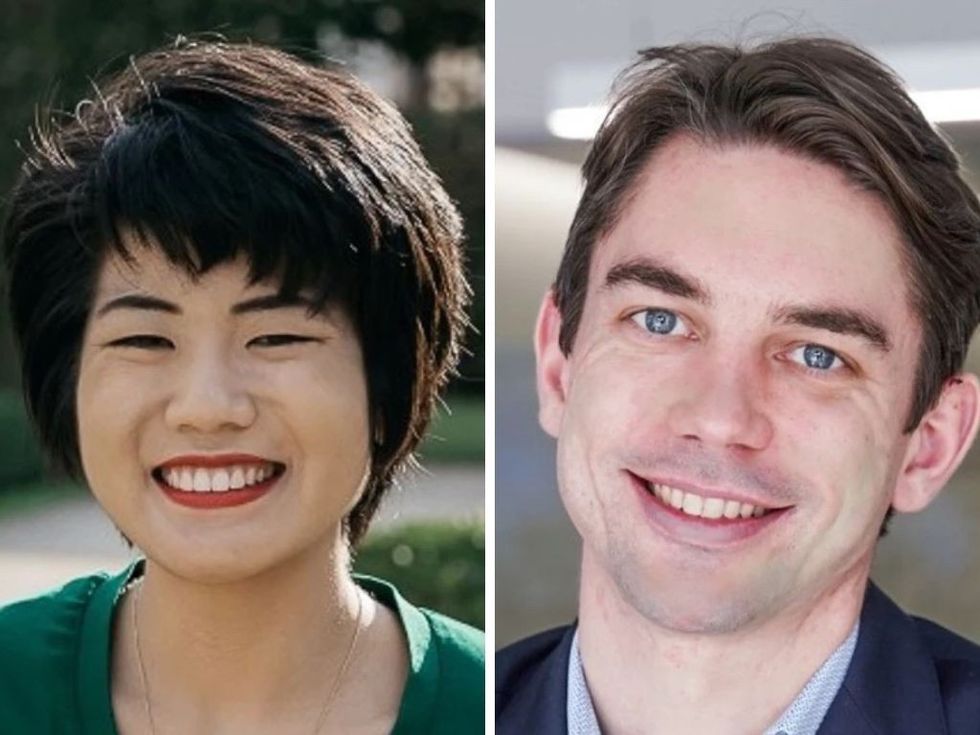 Rachel Nakamura and Felix Erdmann
Rachel Nakamura and Felix Erdmann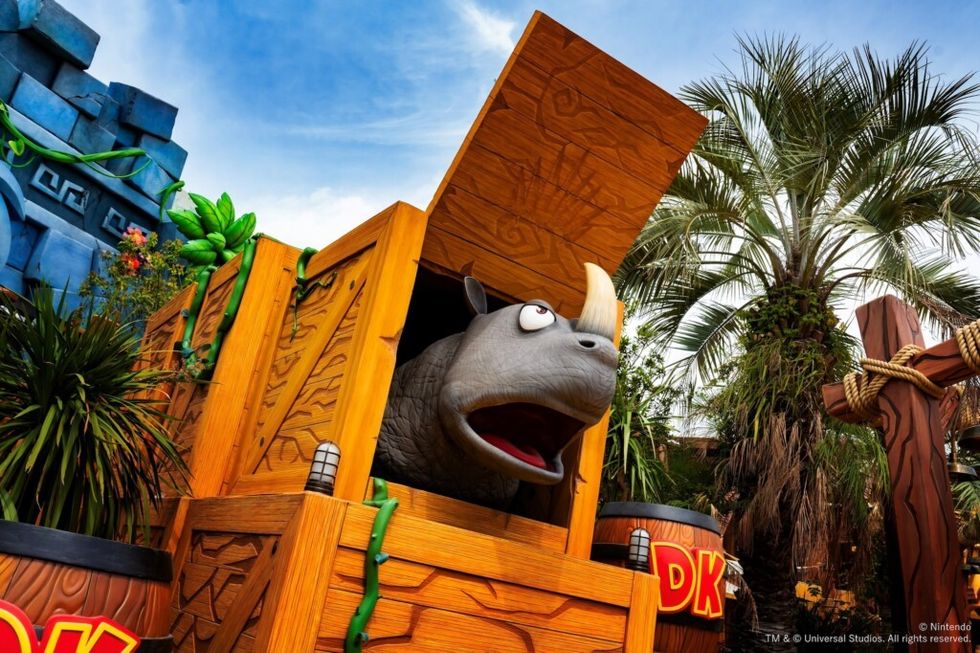 Donkey Kong Country, Super Nintendo World
Donkey Kong Country, Super Nintendo World 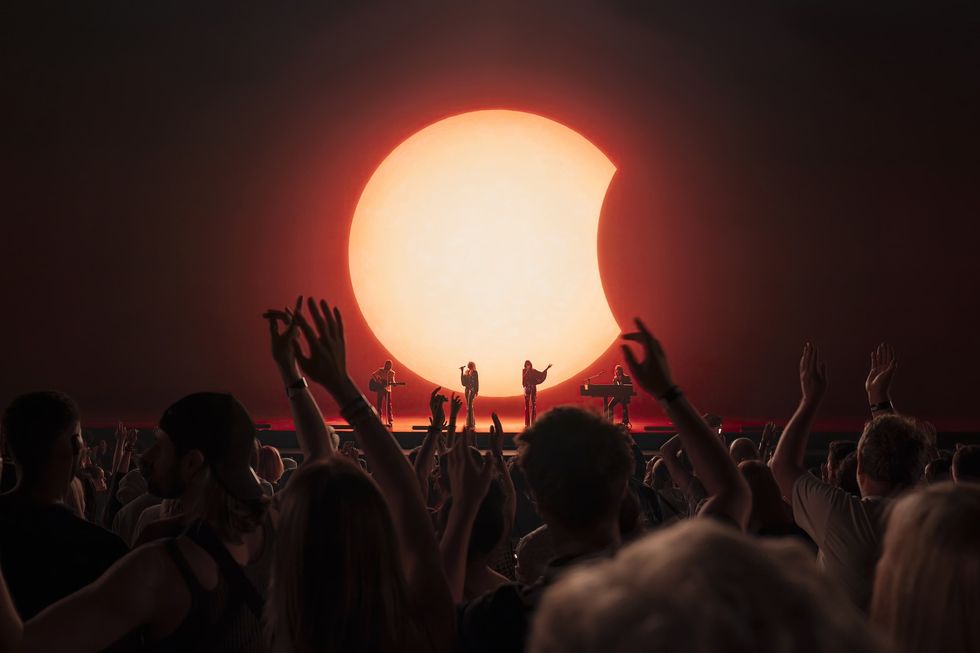 ABBA Voyage Johan Persson
ABBA Voyage Johan Persson 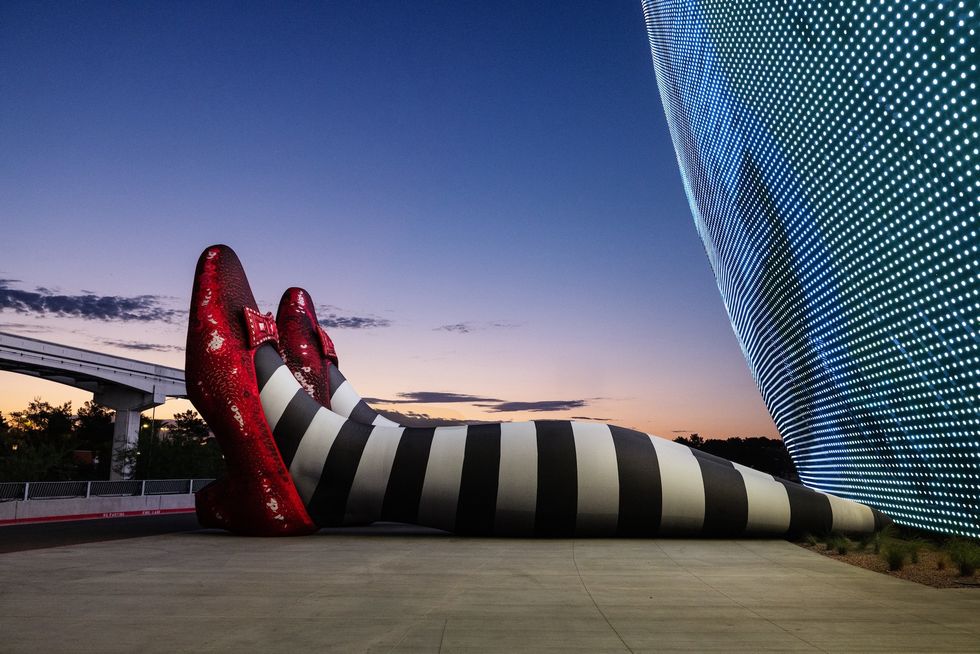 'Wizard of Oz' installation at Sphere
'Wizard of Oz' installation at Sphere 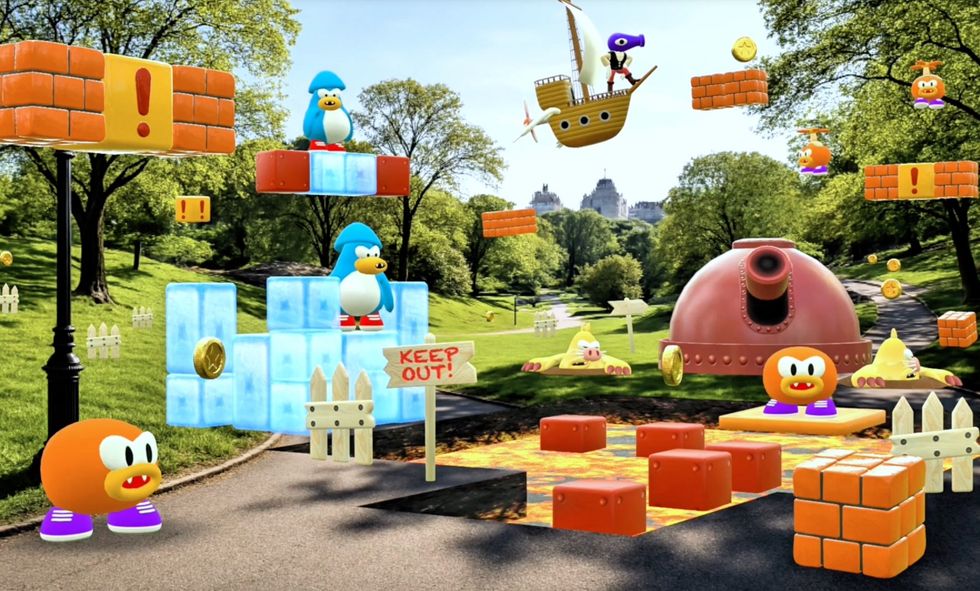 DreamPark XR theme park
DreamPark XR theme park 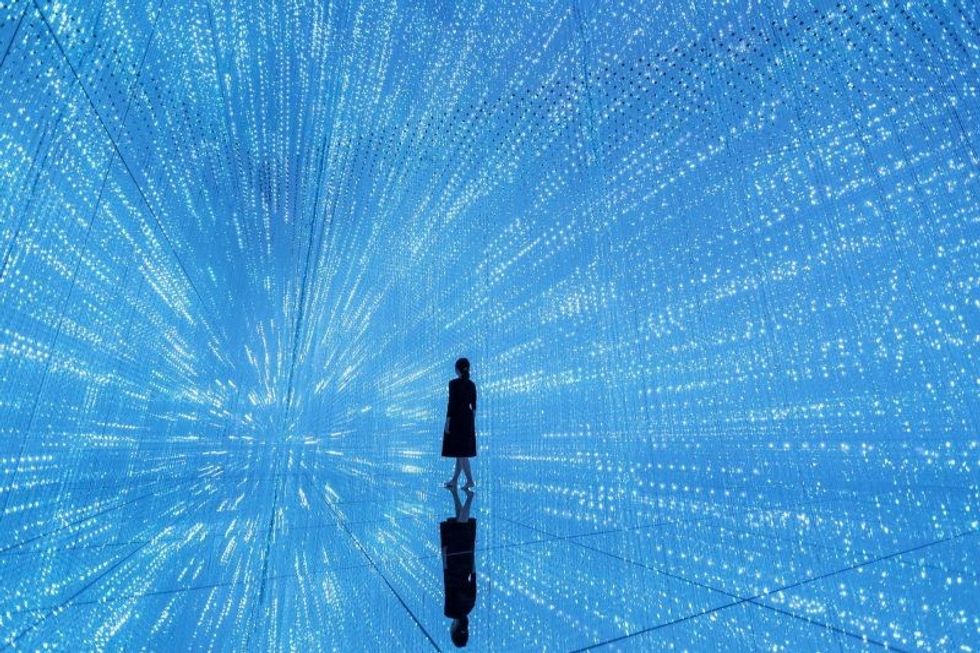 teamLab
teamLab 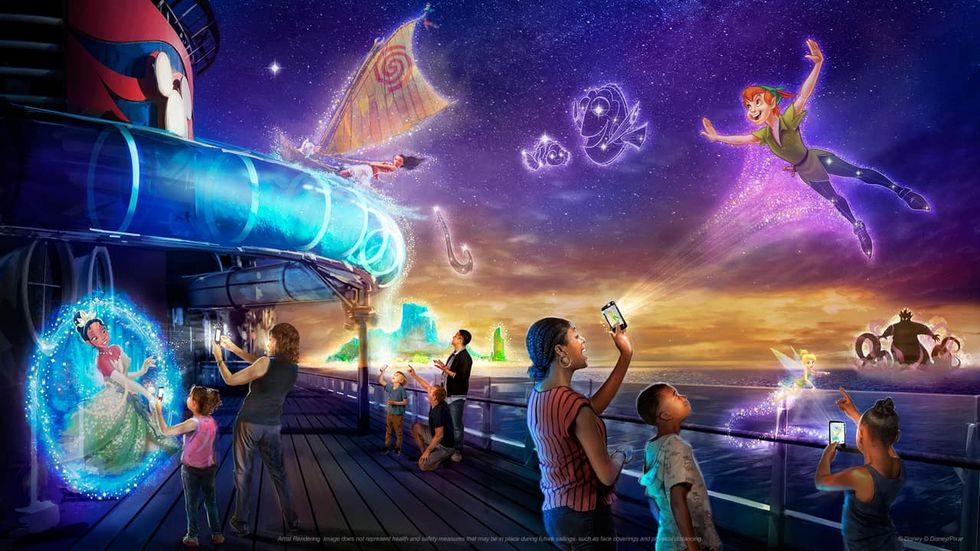 Disney Uncharted Adventure AR experience
Disney Uncharted Adventure AR experience  teamLab Borderless
teamLab Borderless 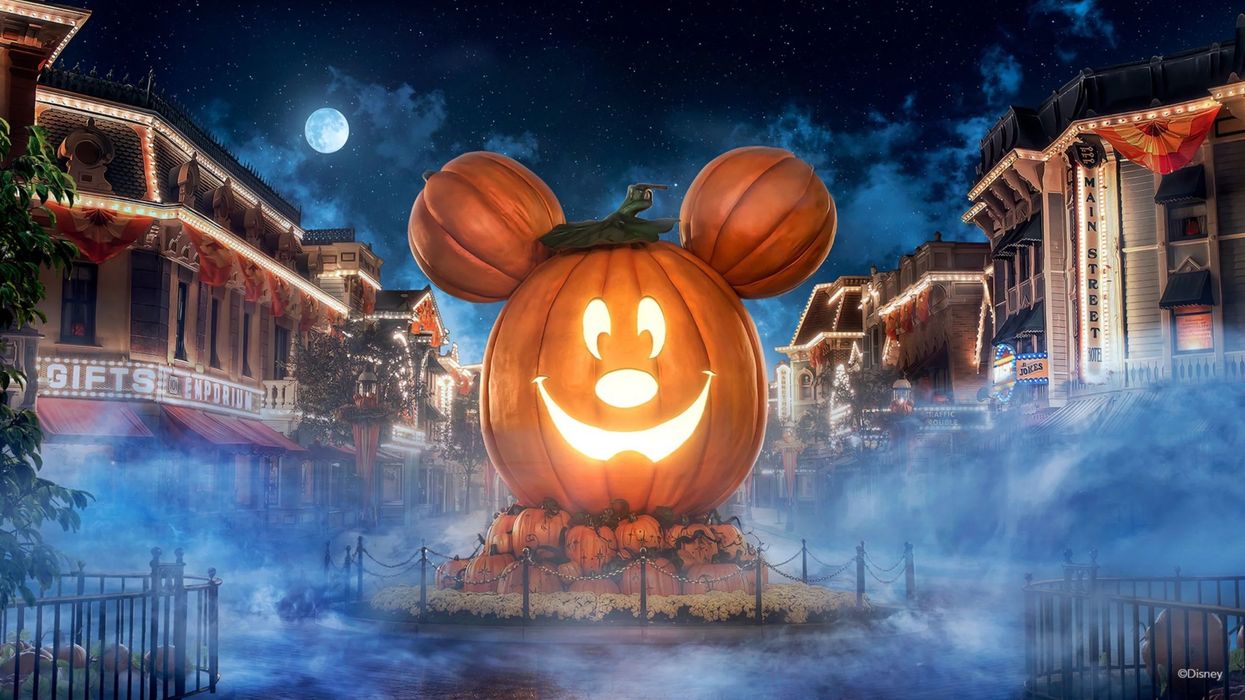
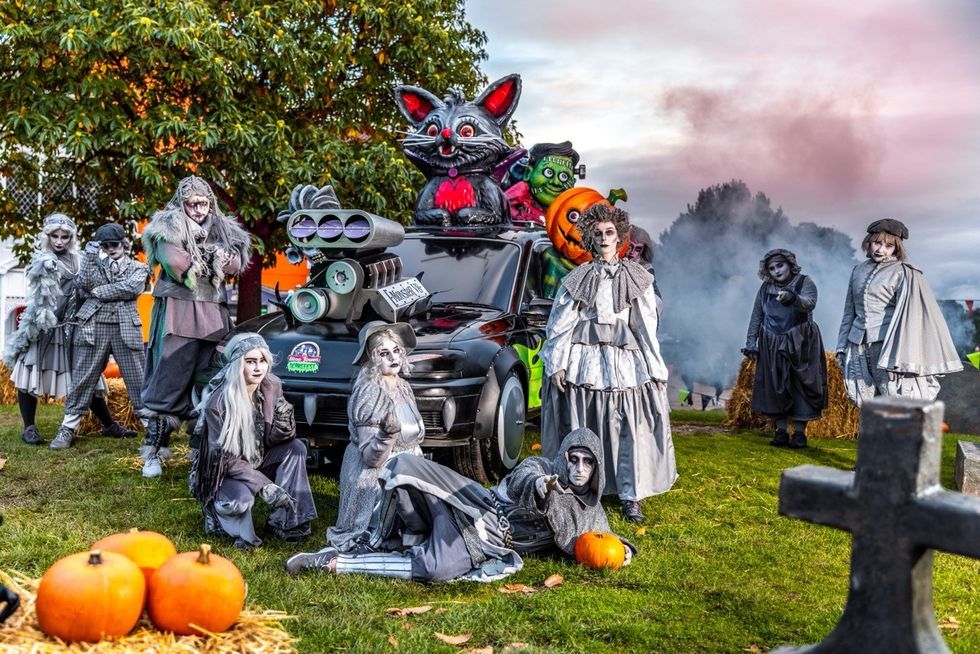
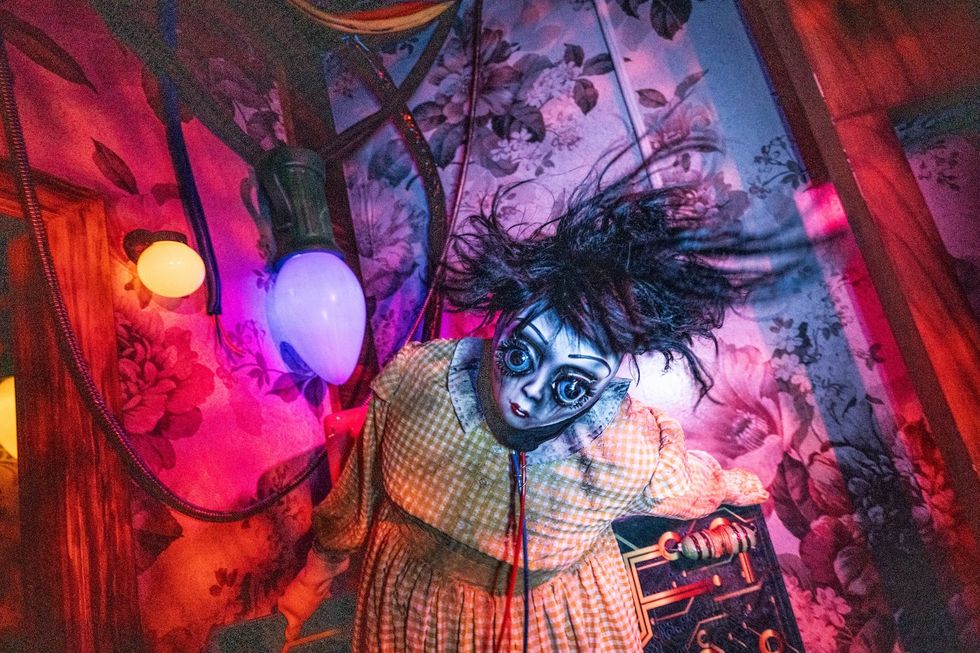
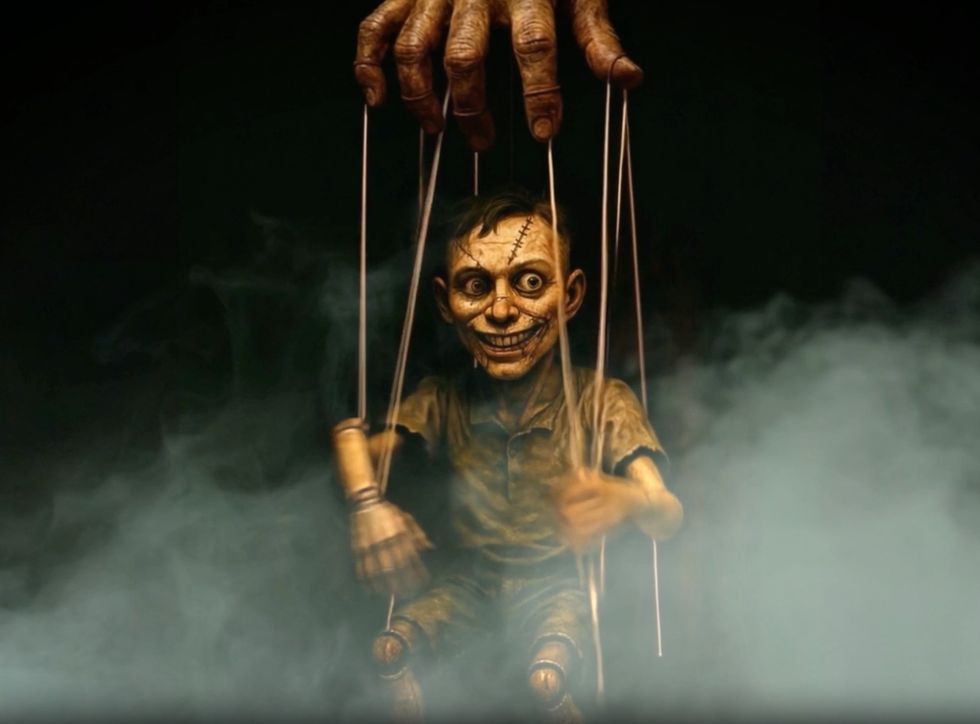
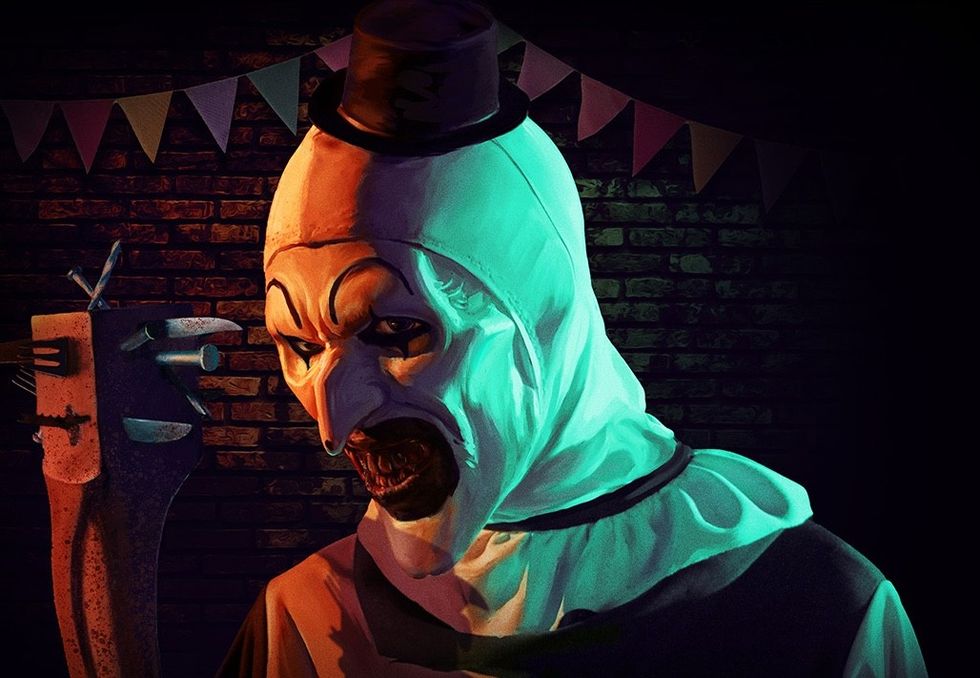
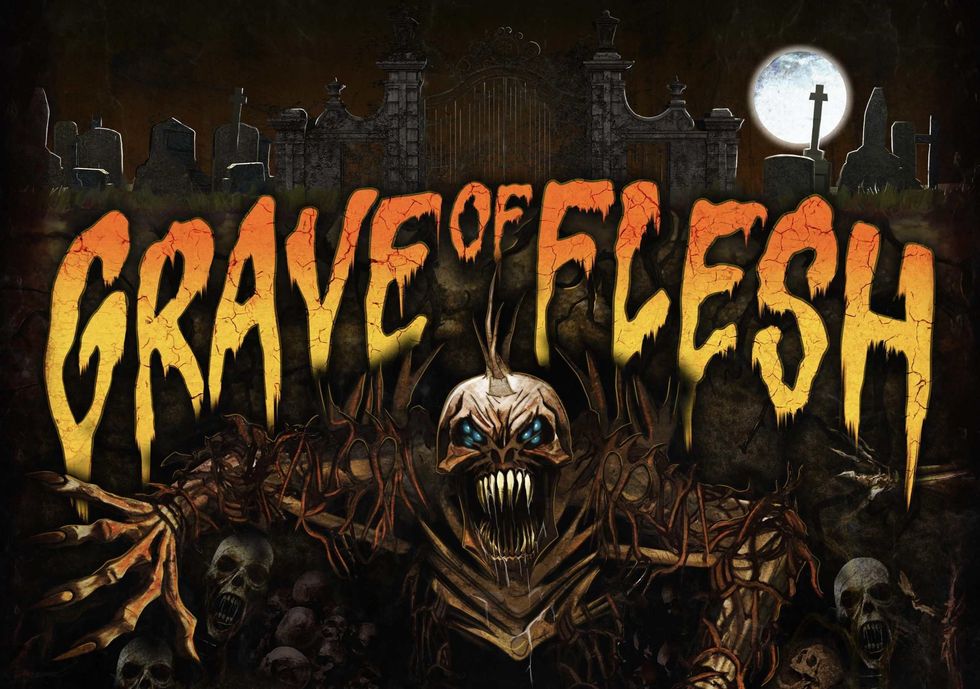
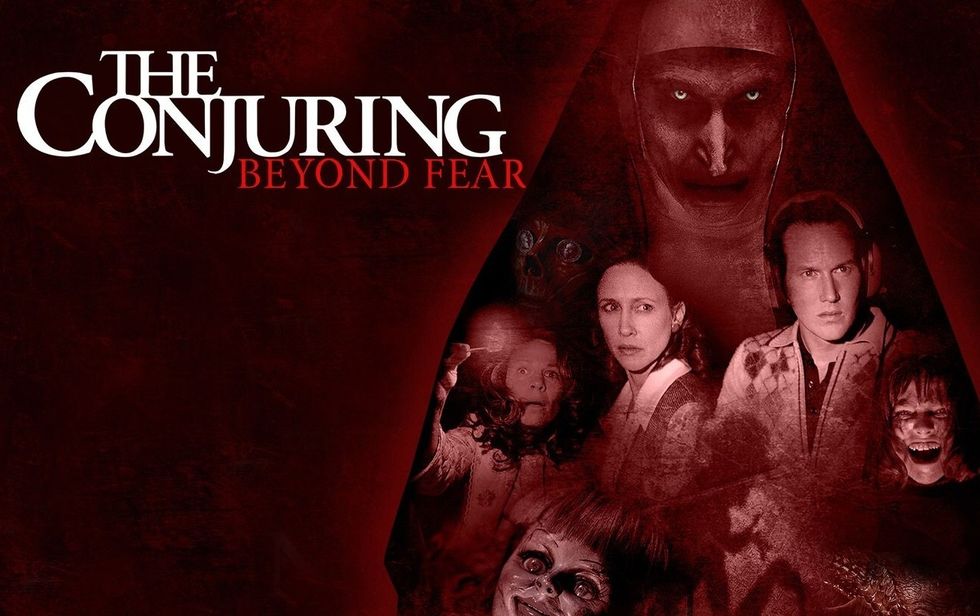
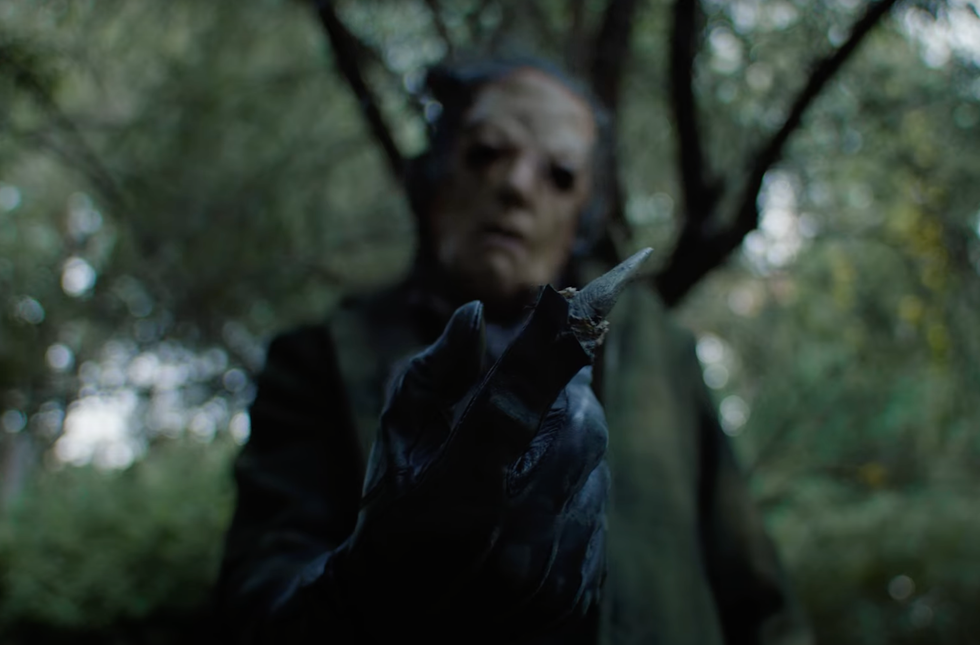 'Come Out and Play': Six Flags debuts new horror short for Halloween
'Come Out and Play': Six Flags debuts new horror short for Halloween 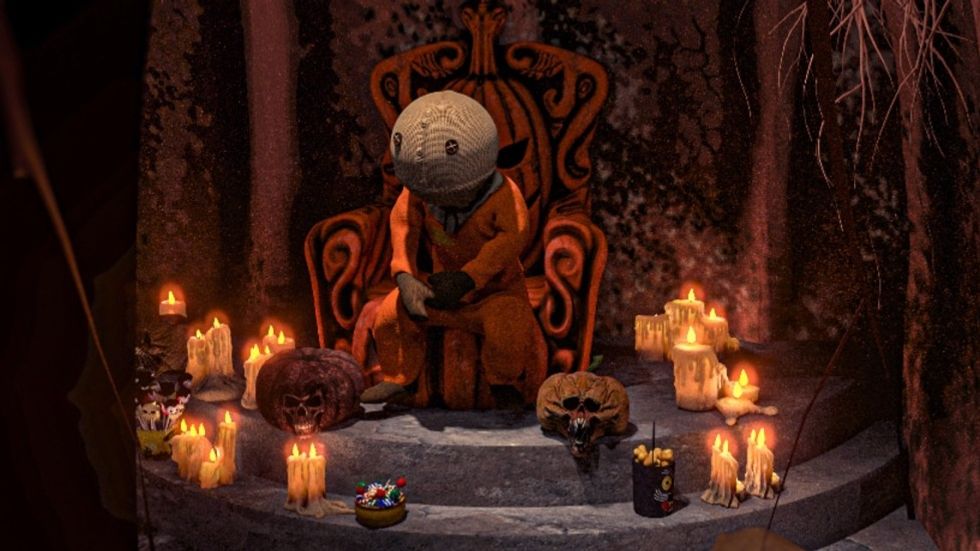
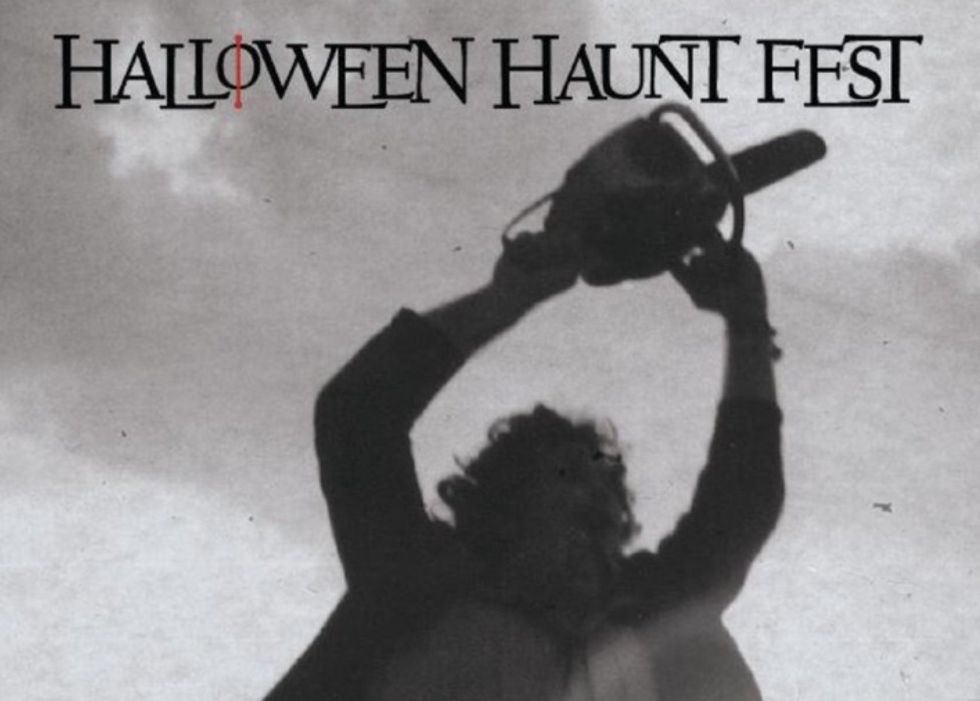
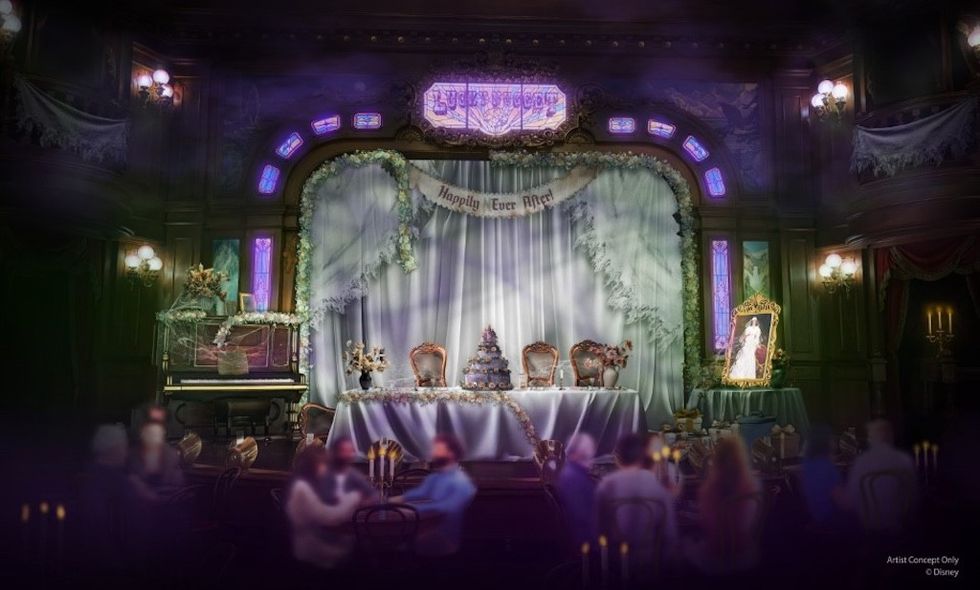 Disneyland Paris unveils Phantom Manor-themed F&B experience for Halloween
Disneyland Paris unveils Phantom Manor-themed F&B experience for Halloween 